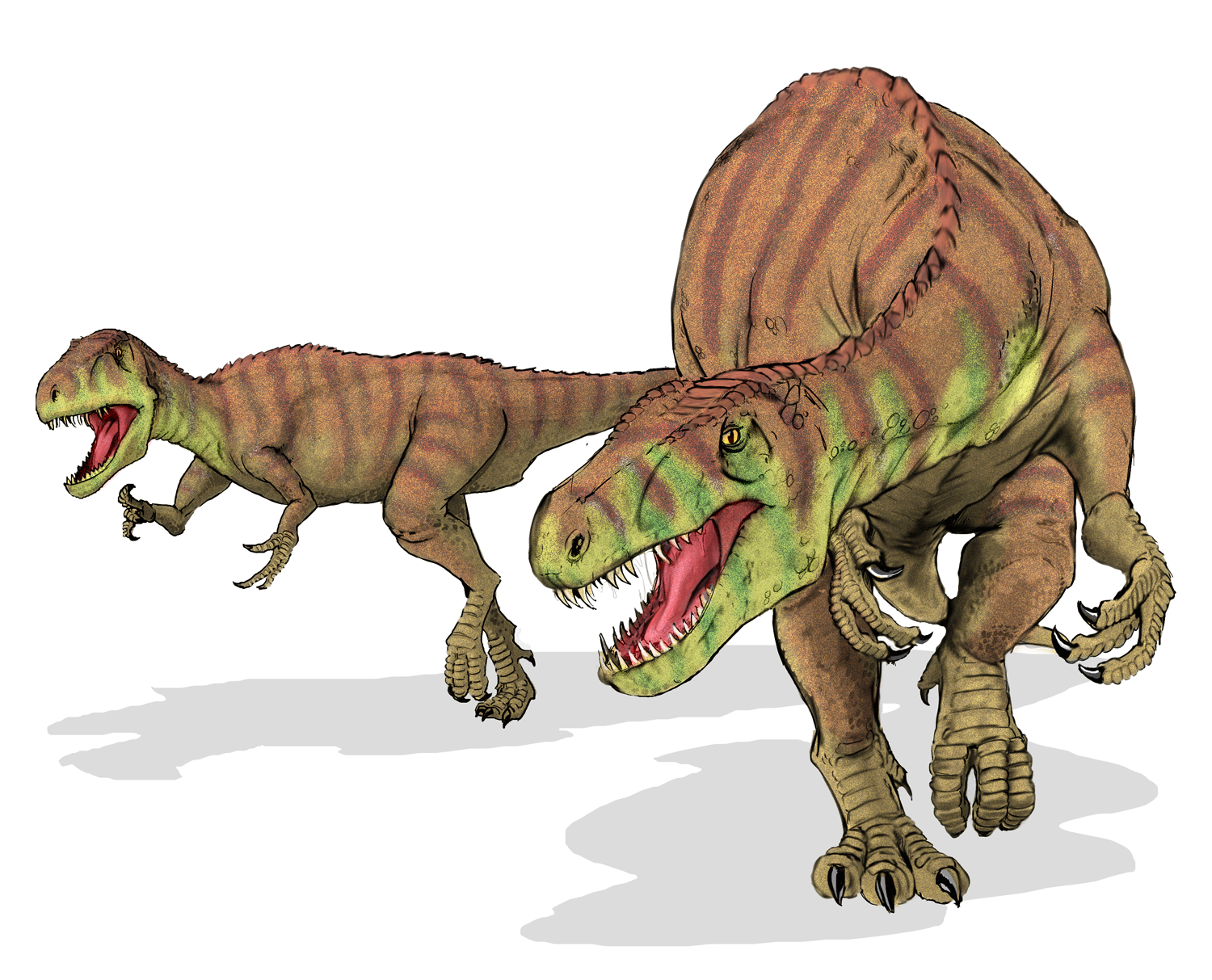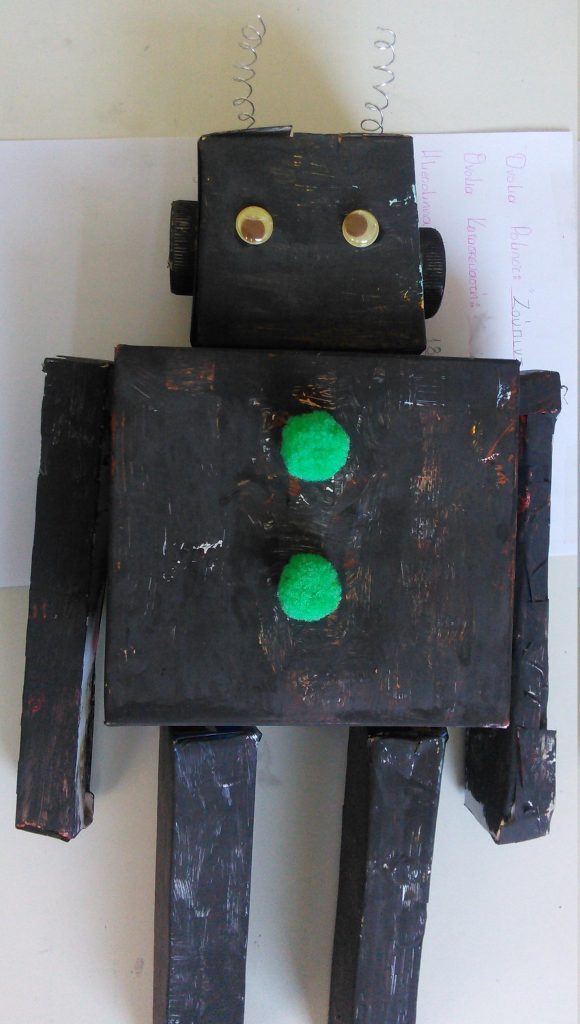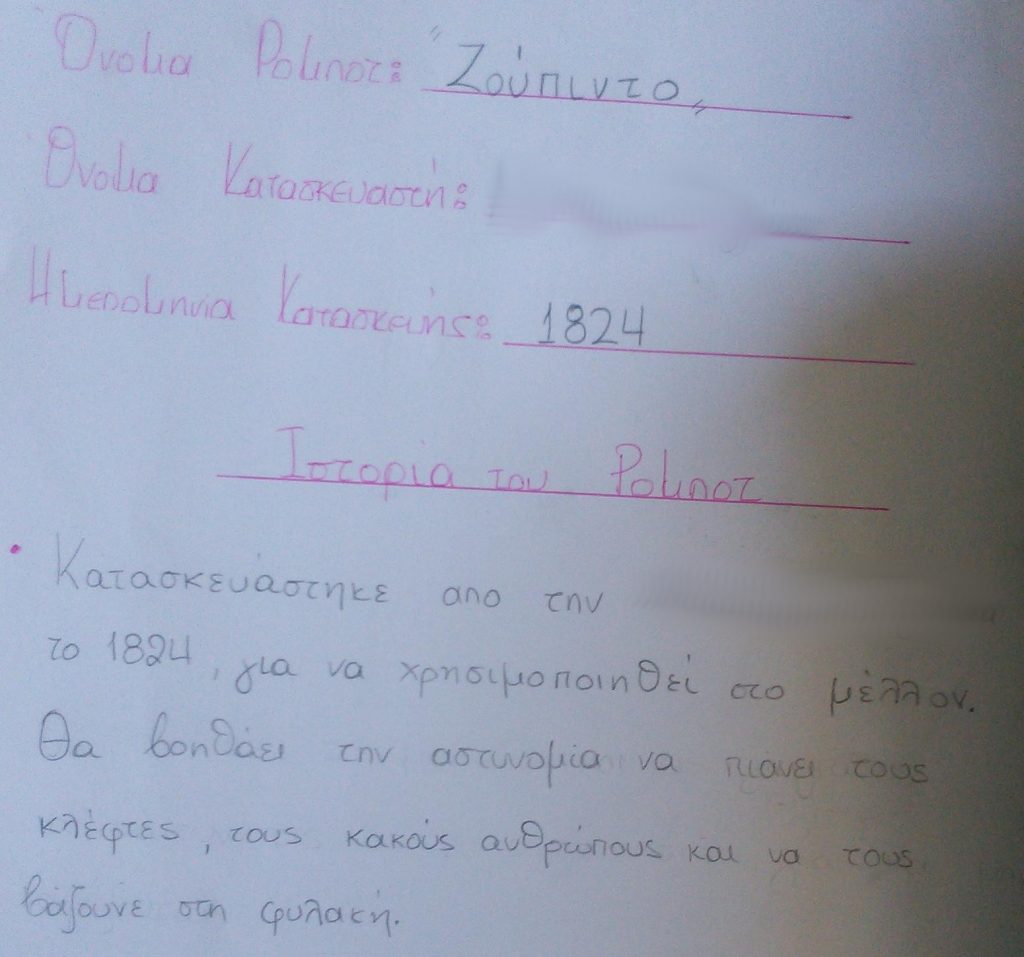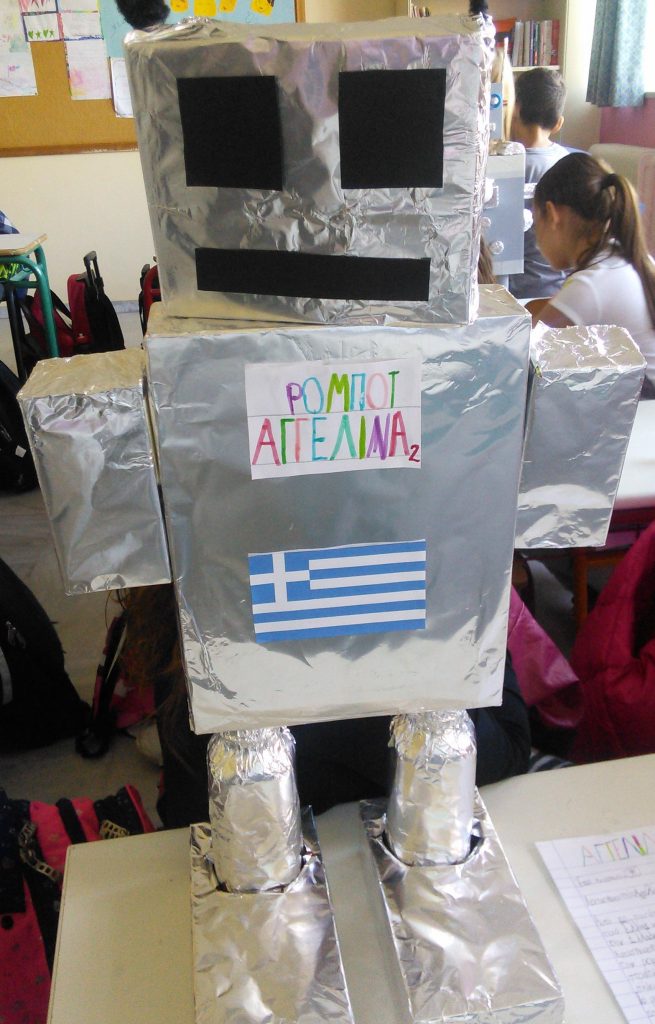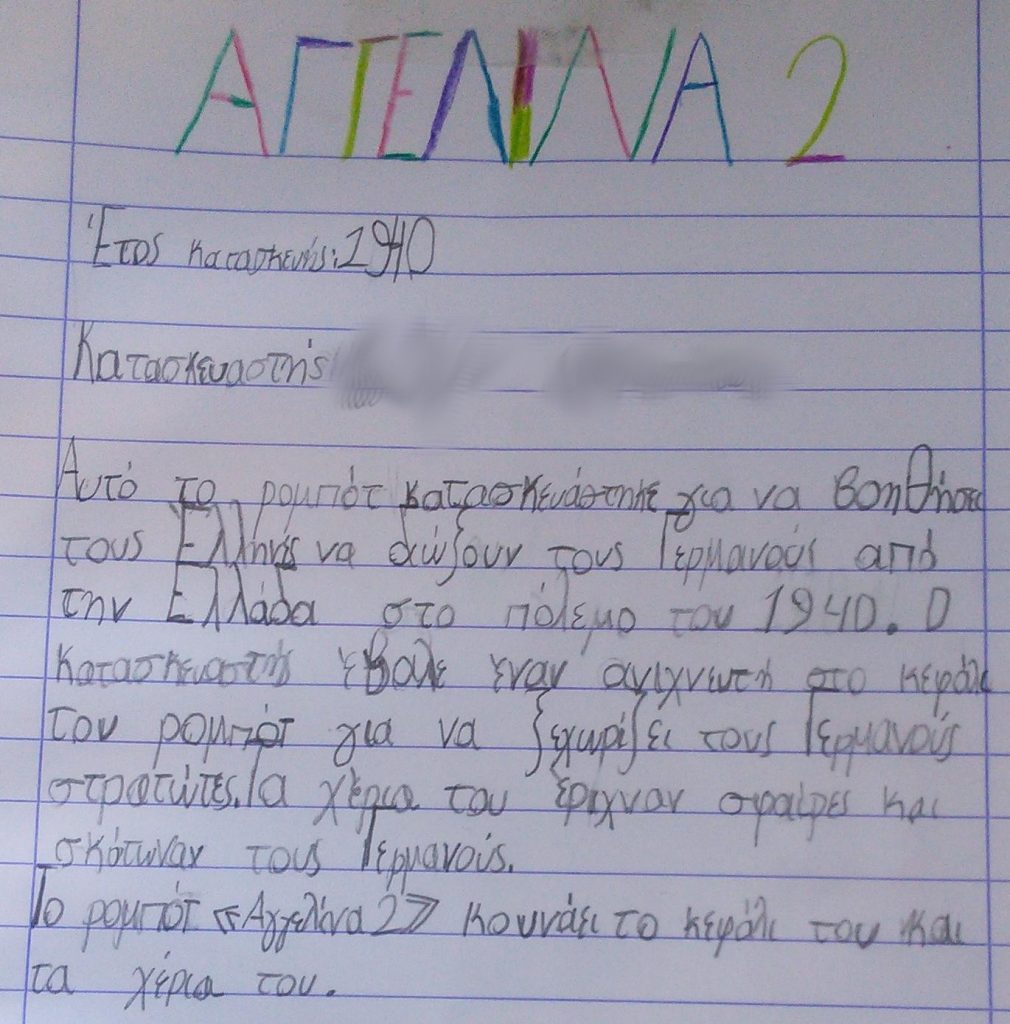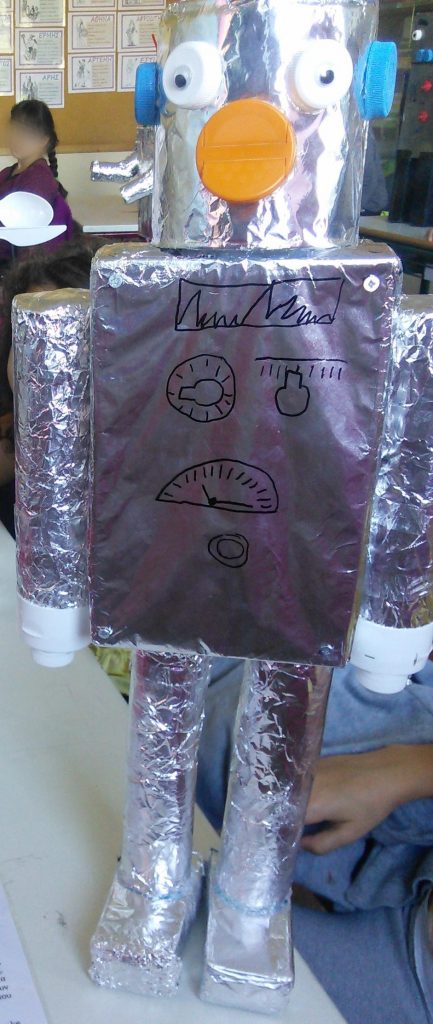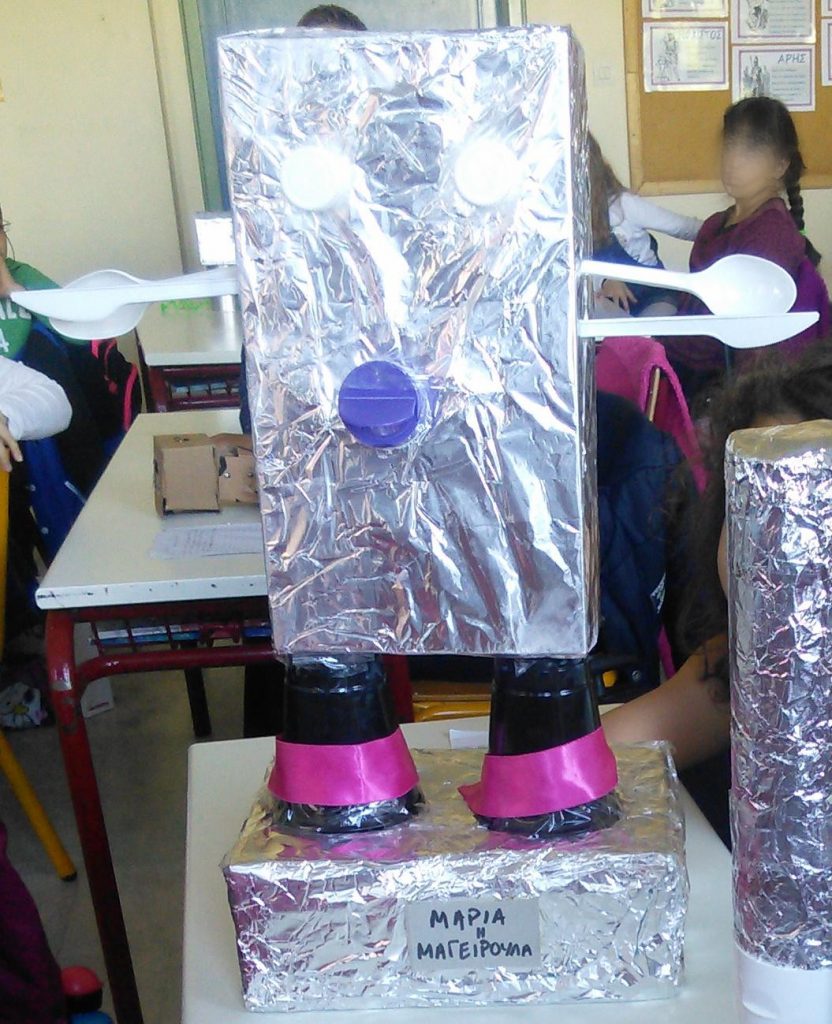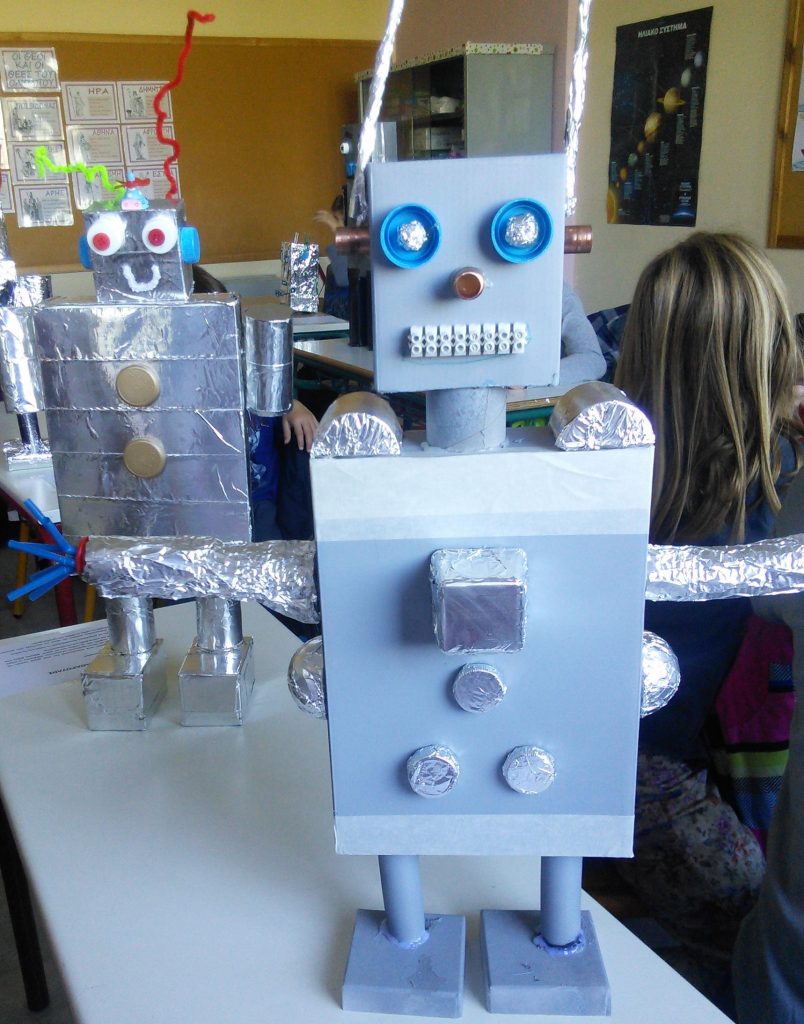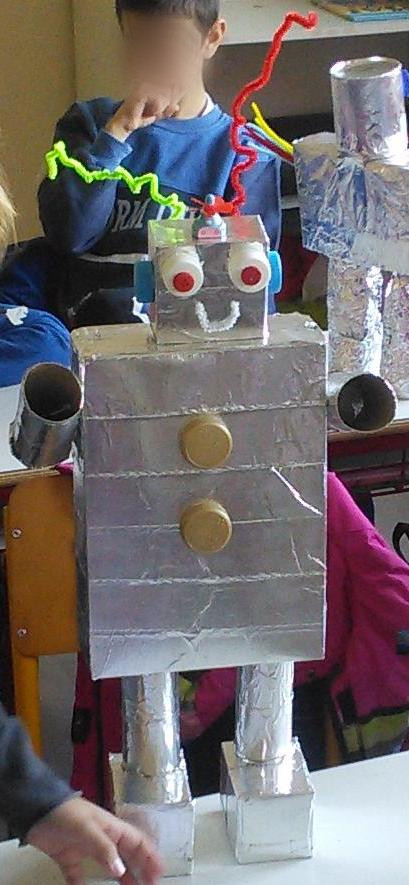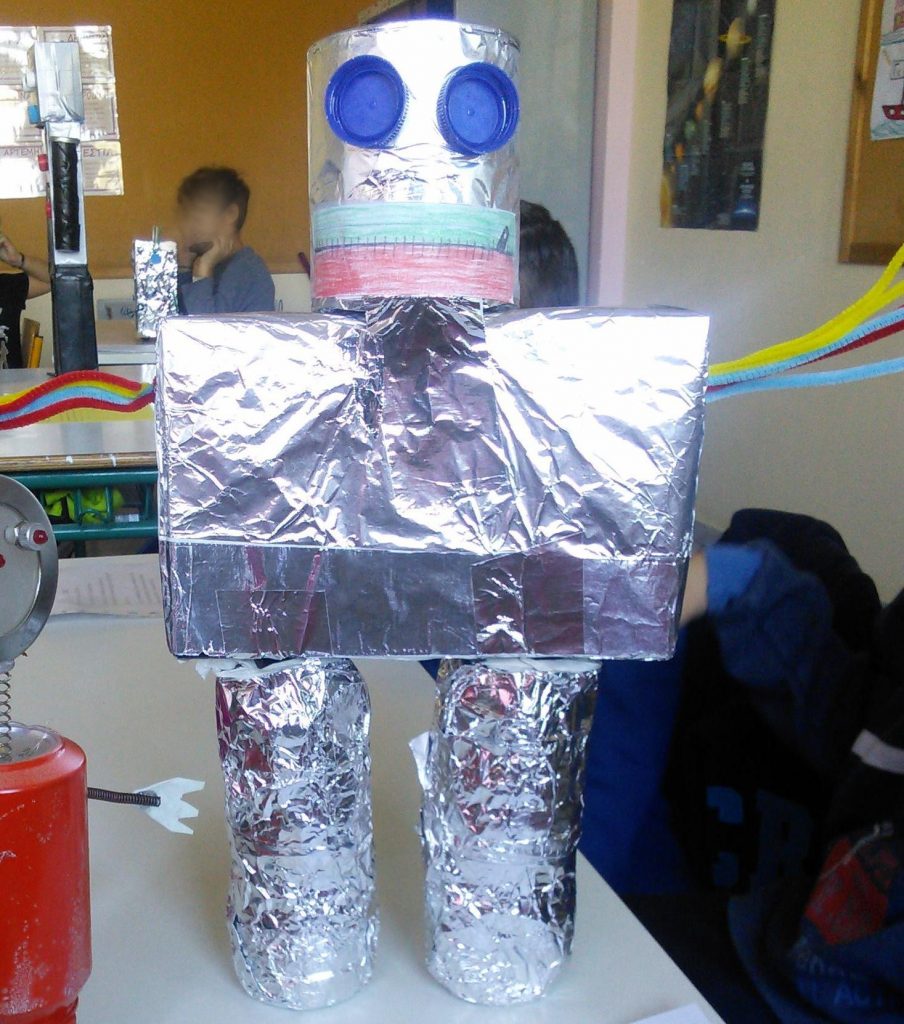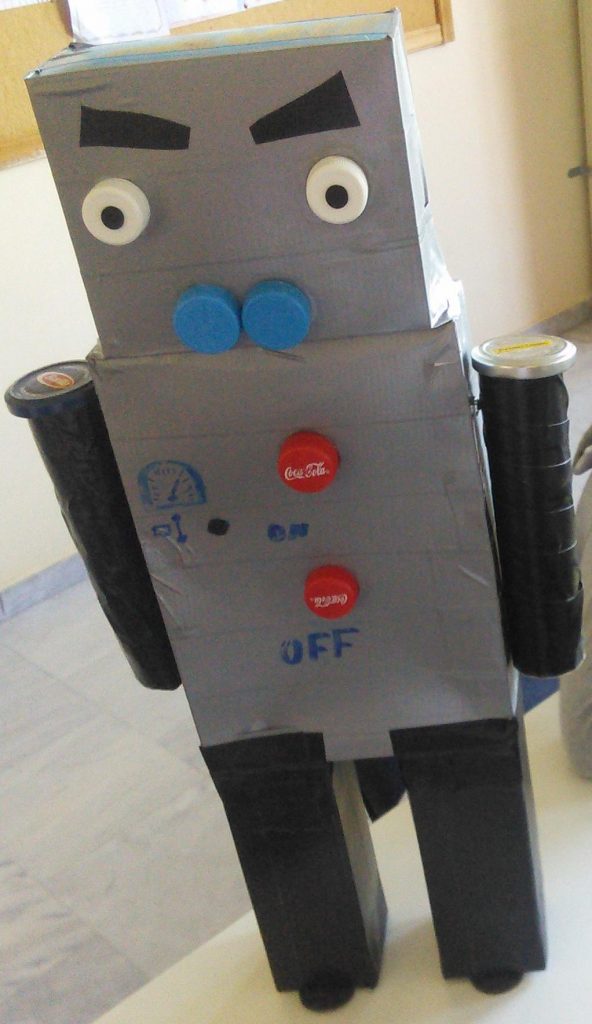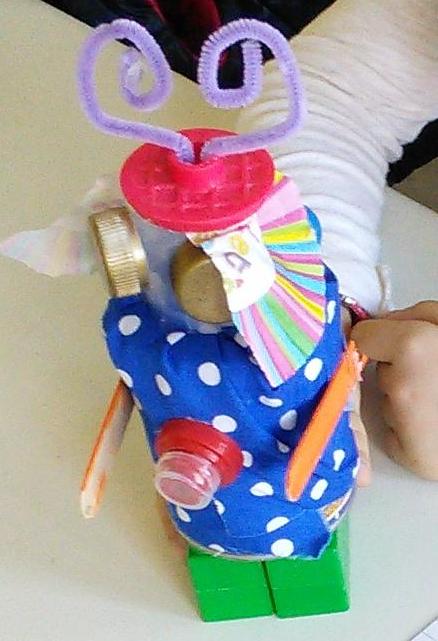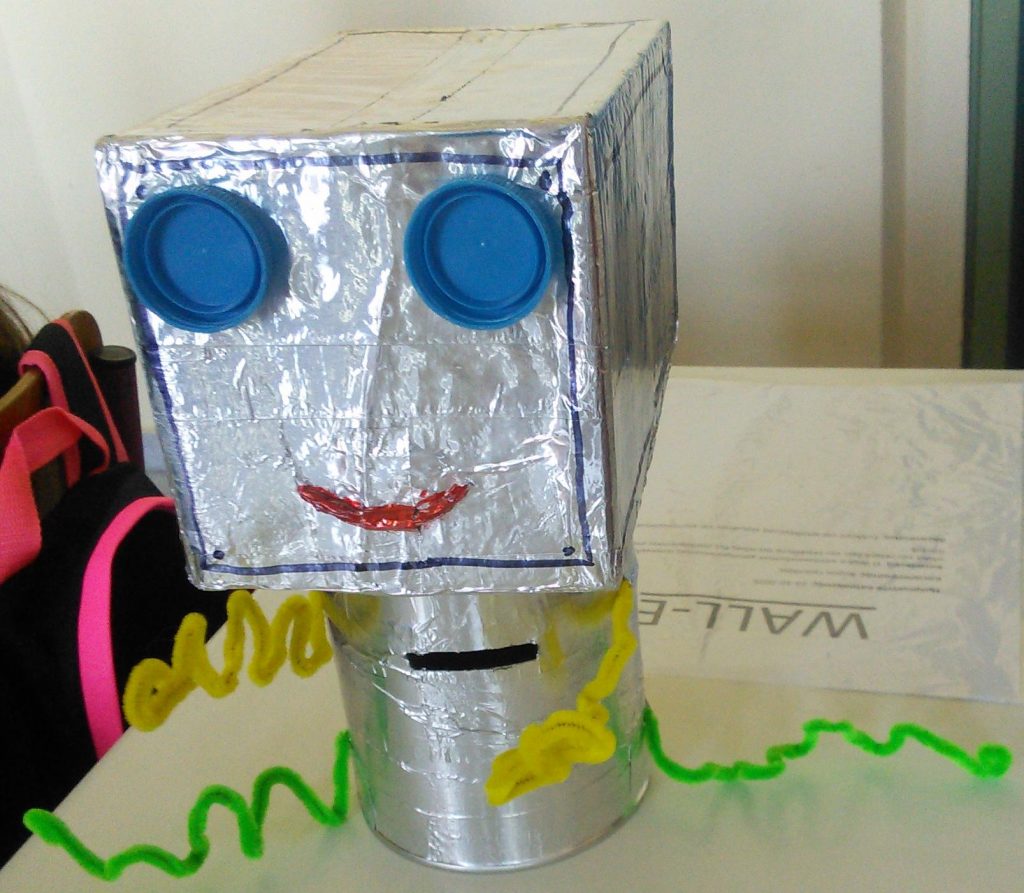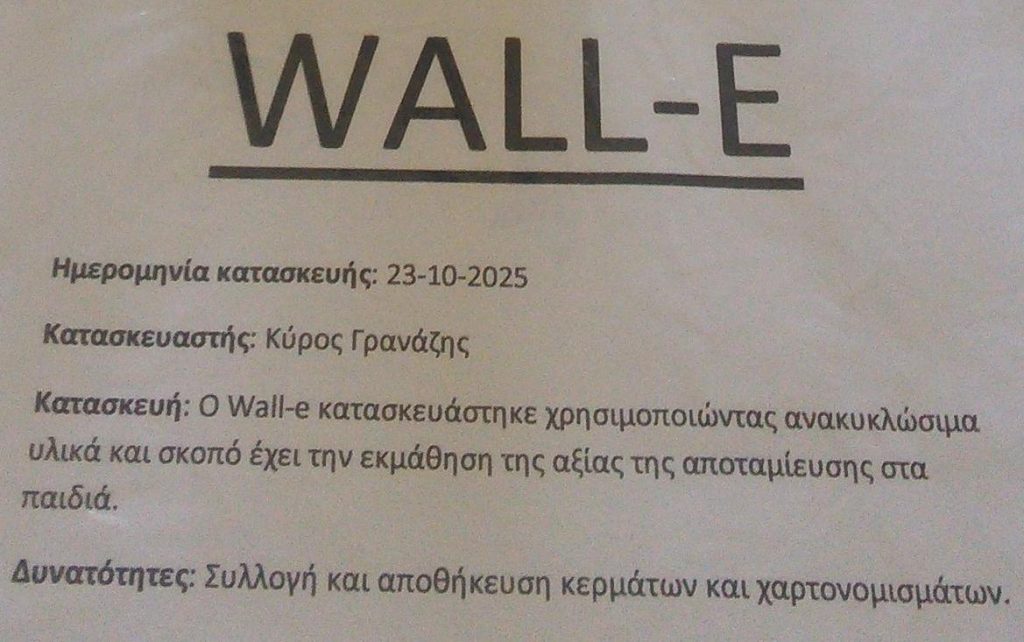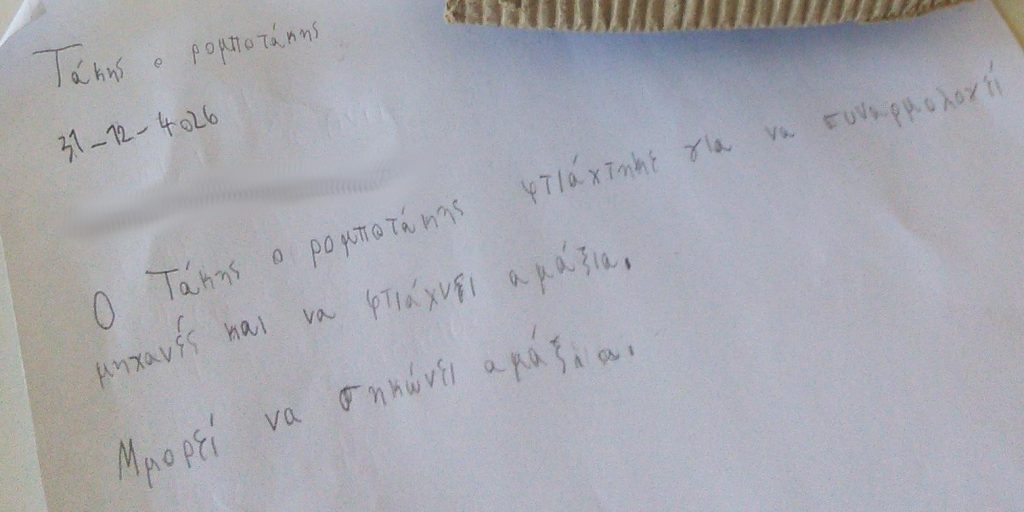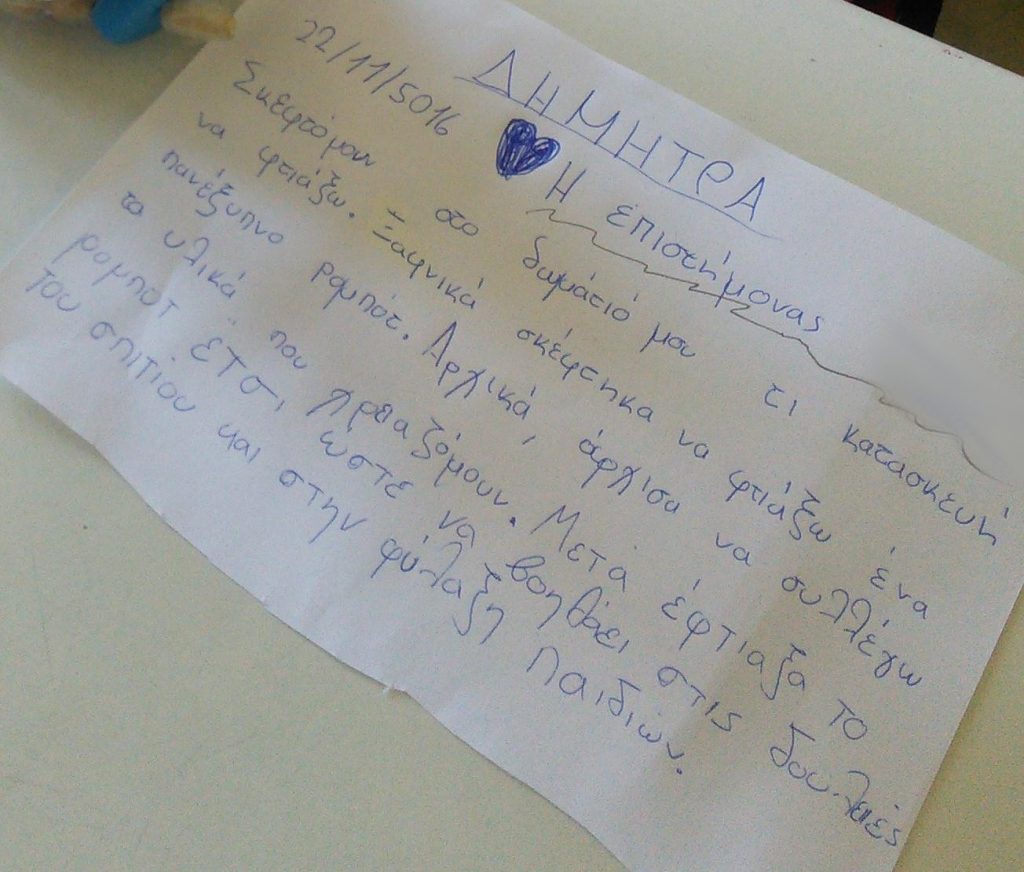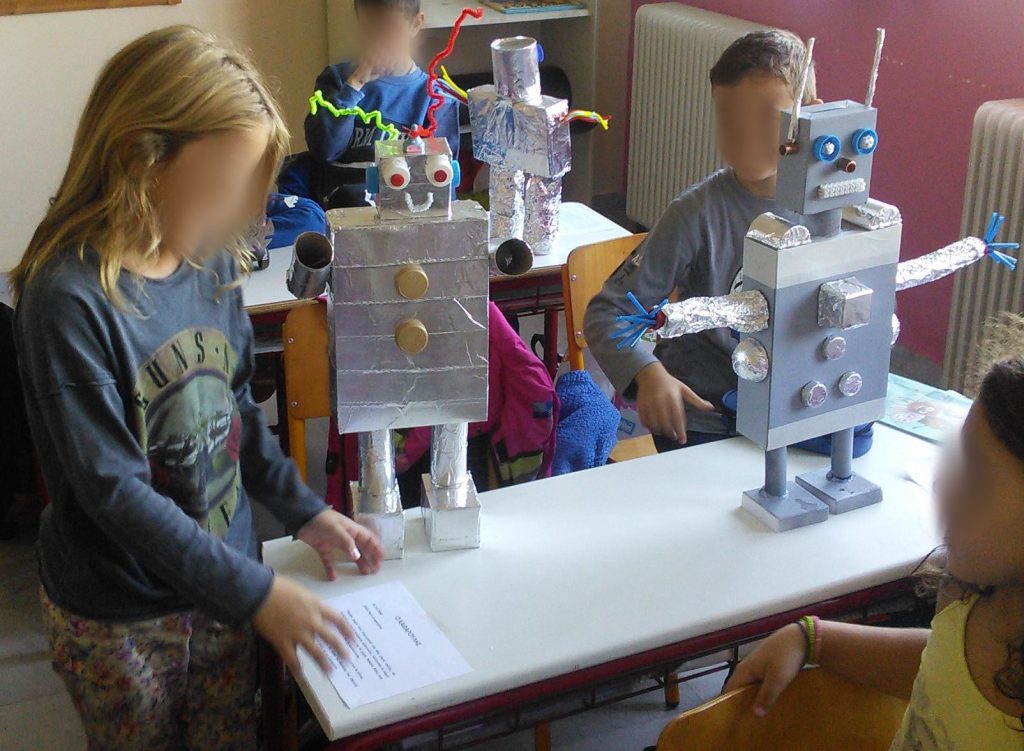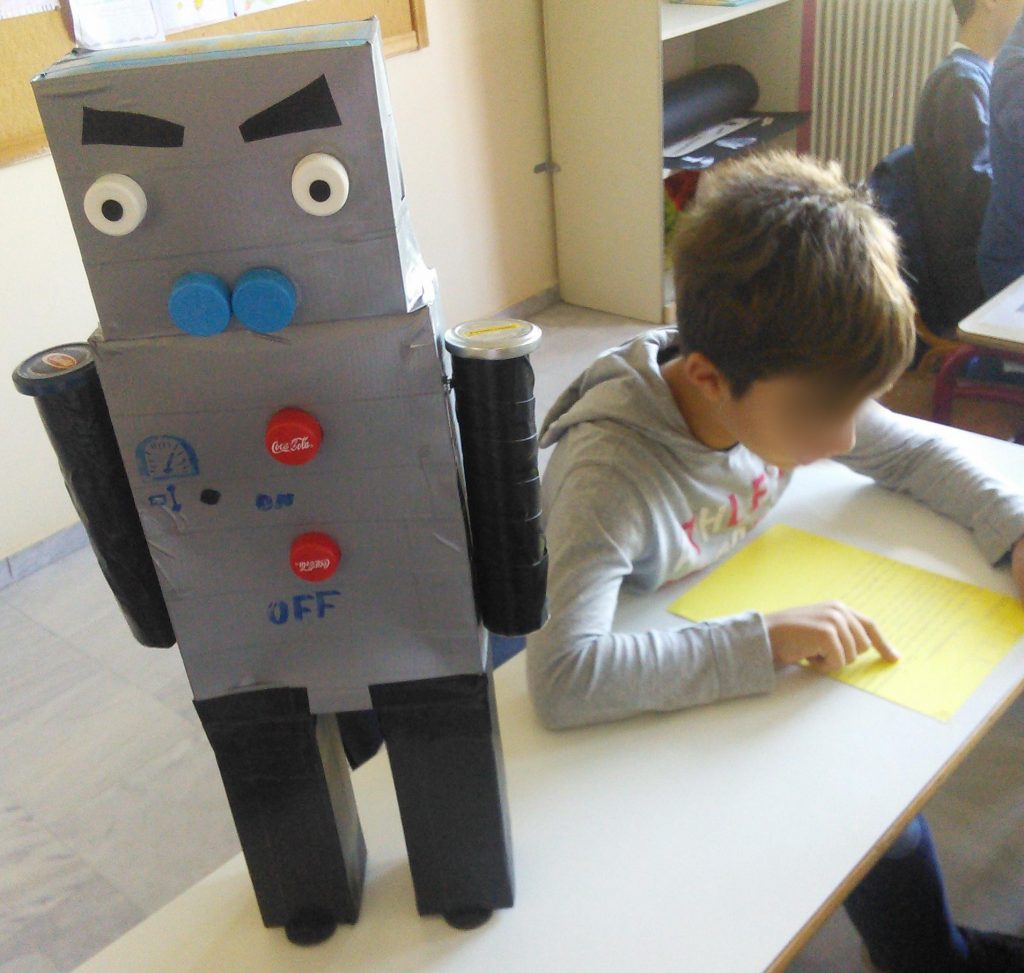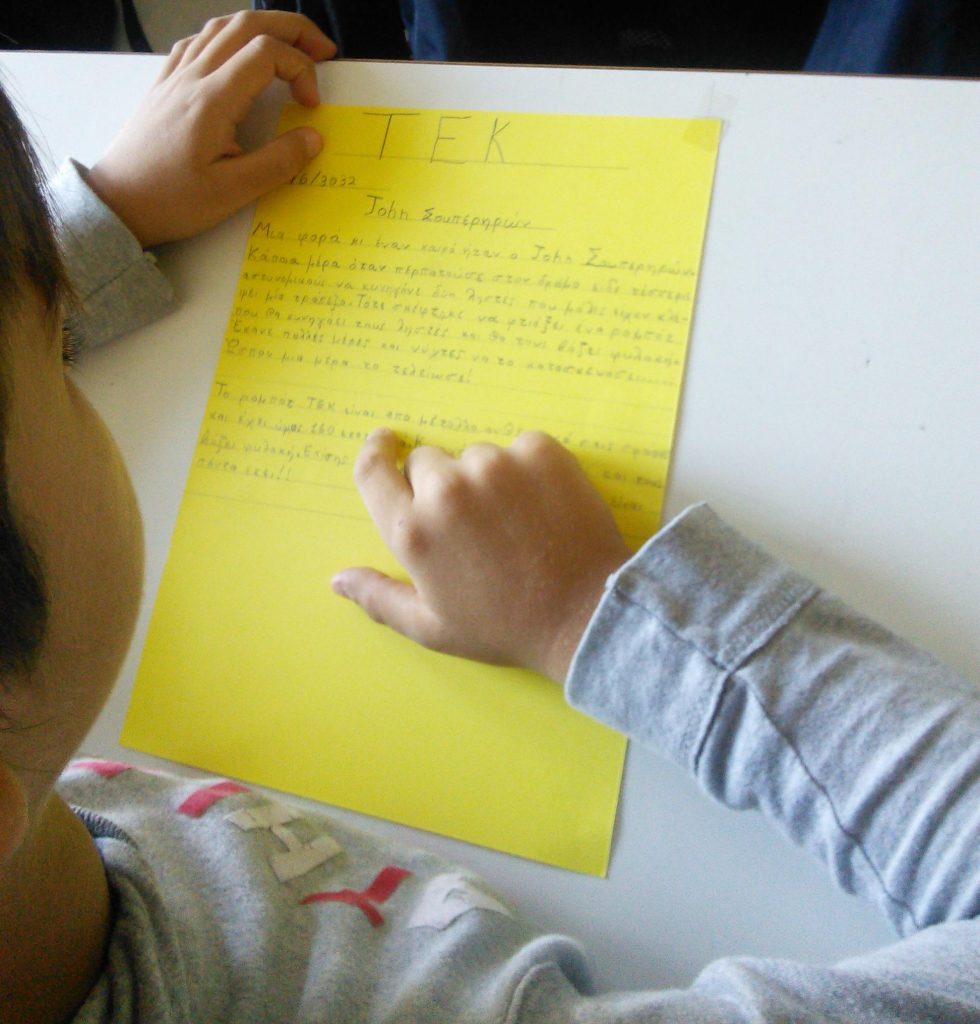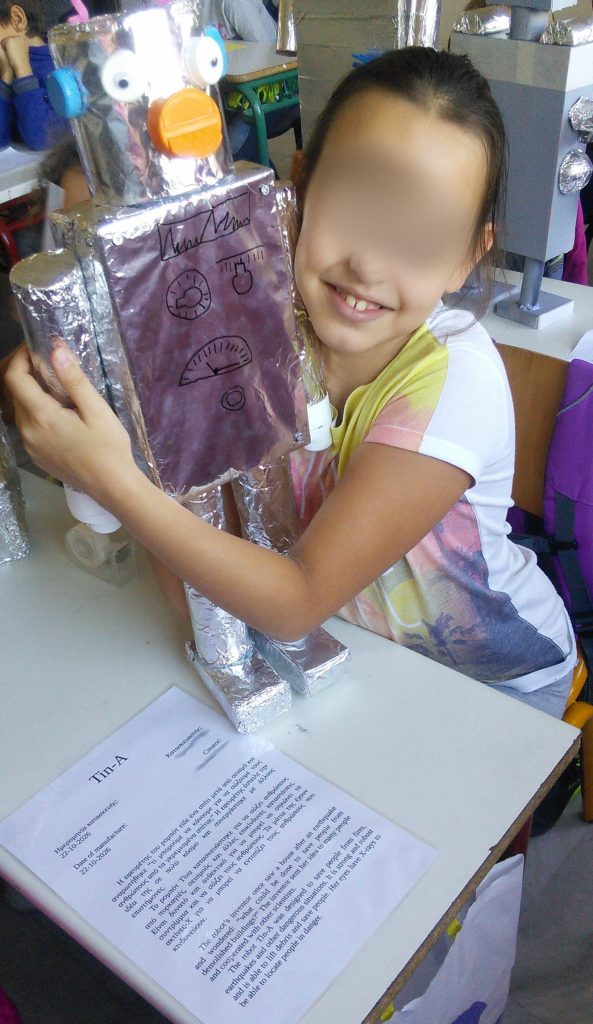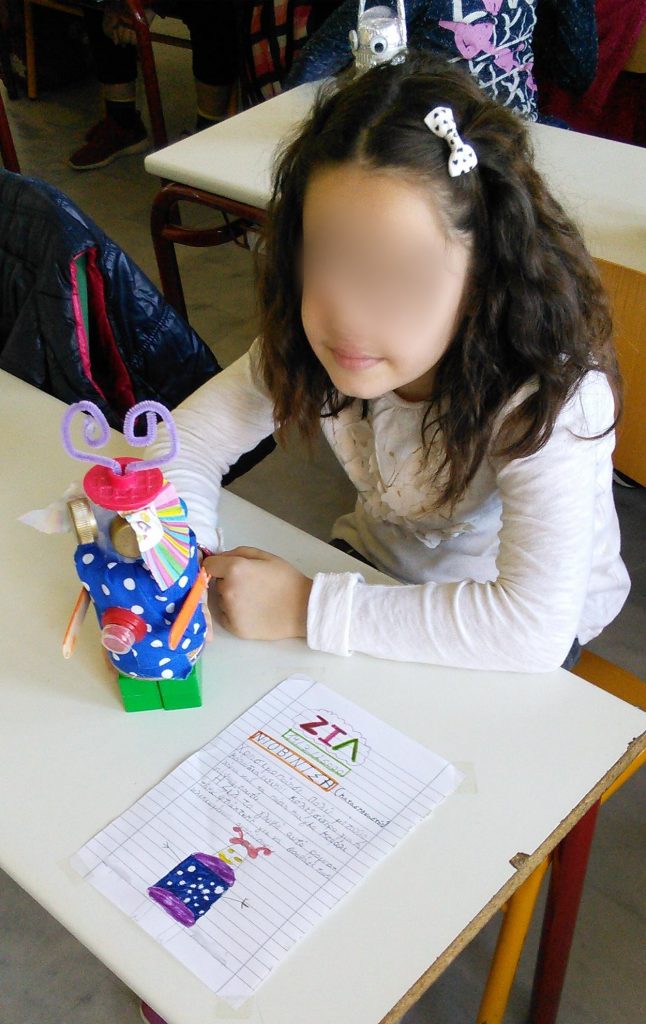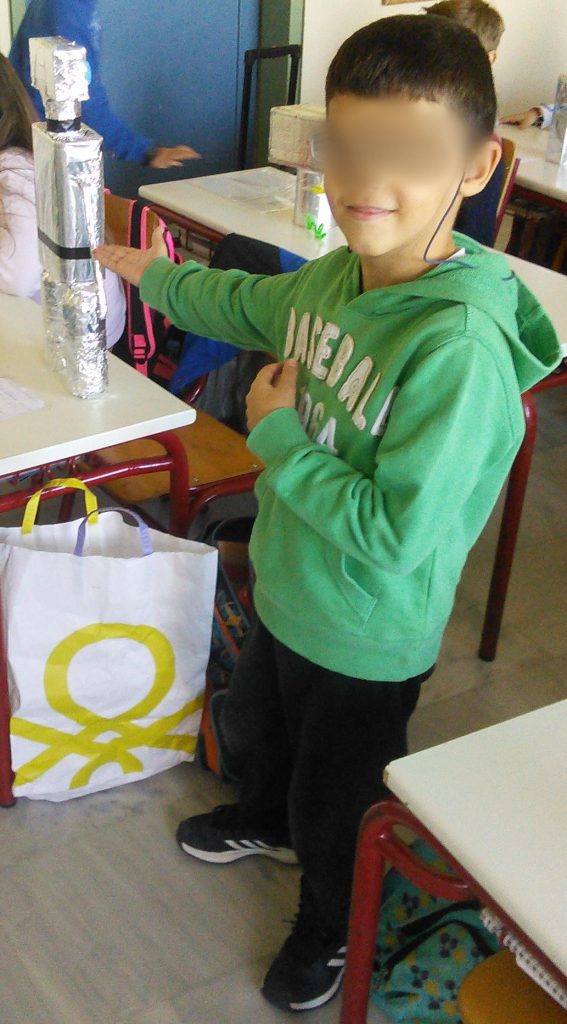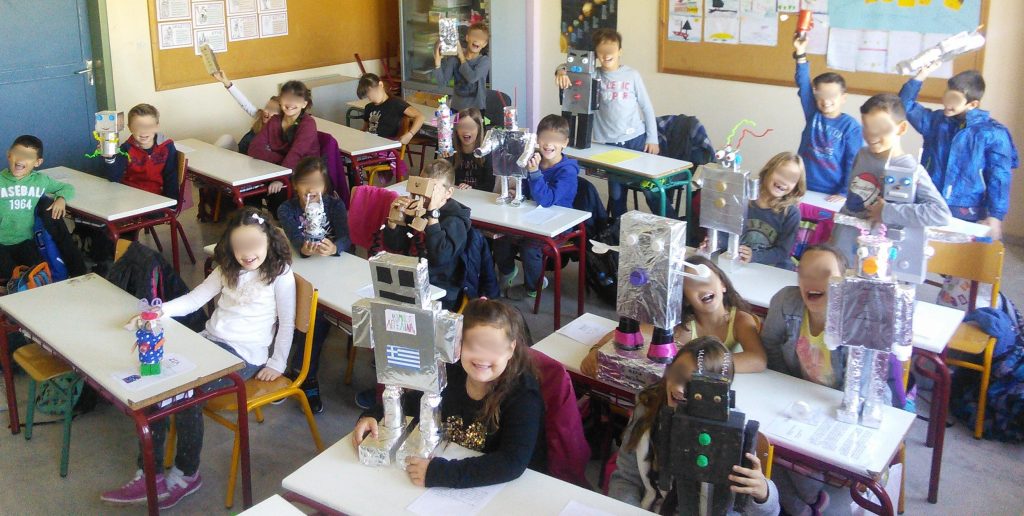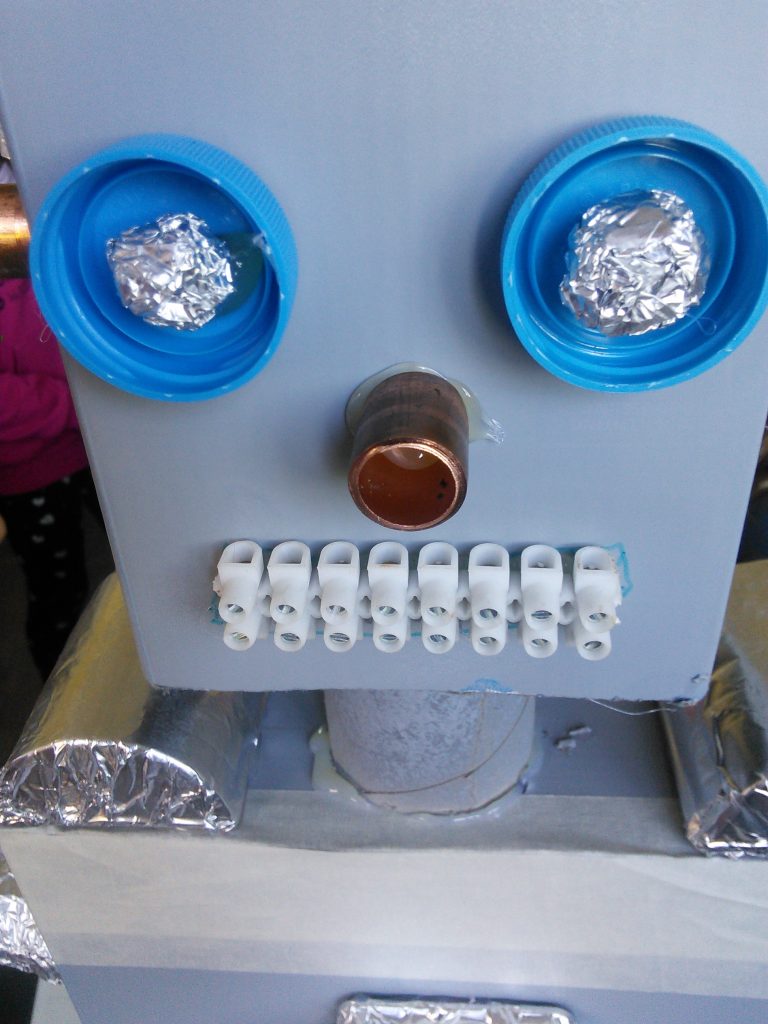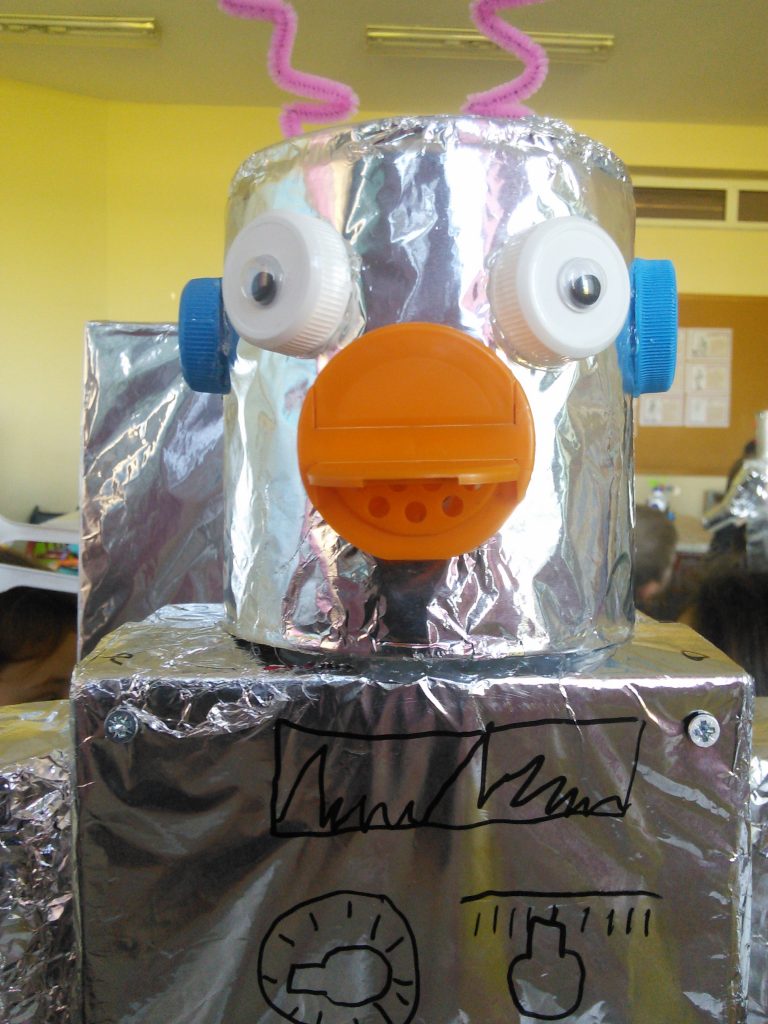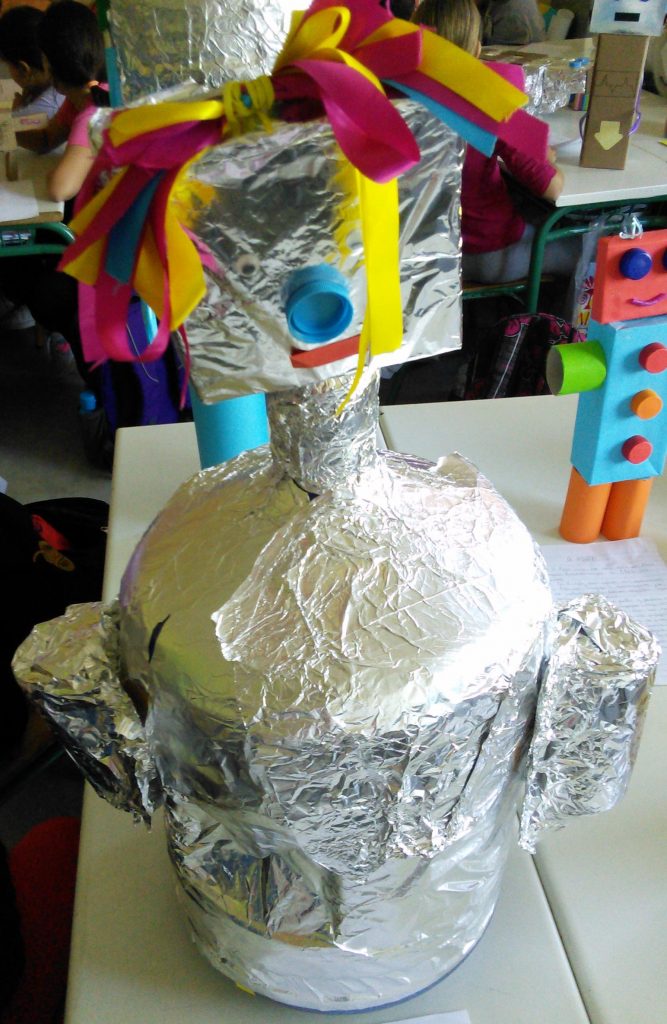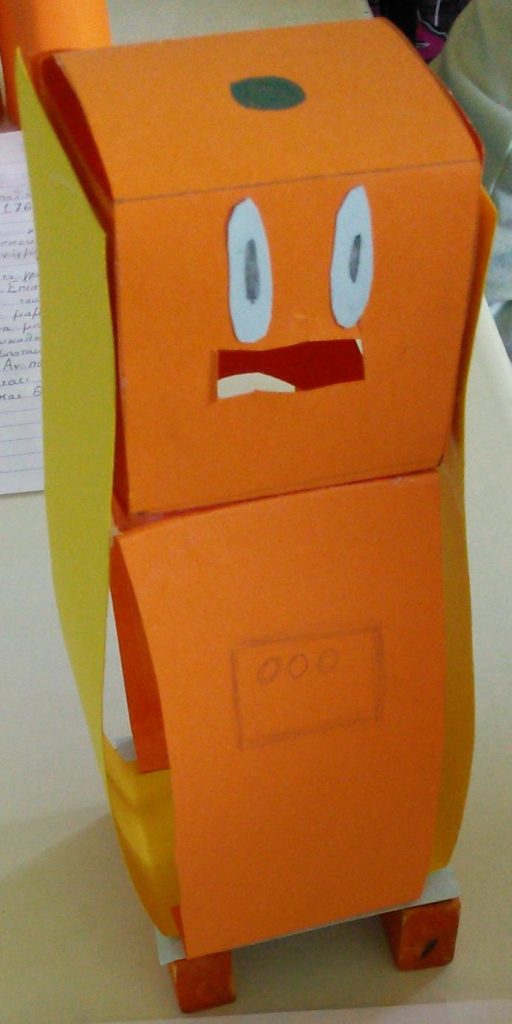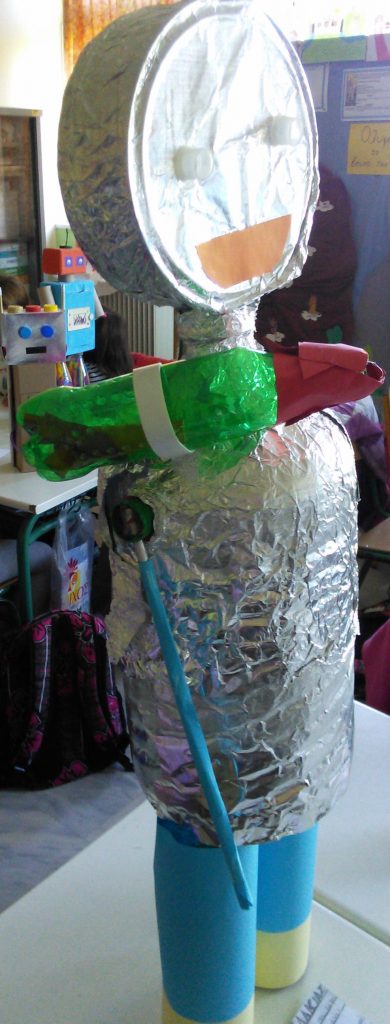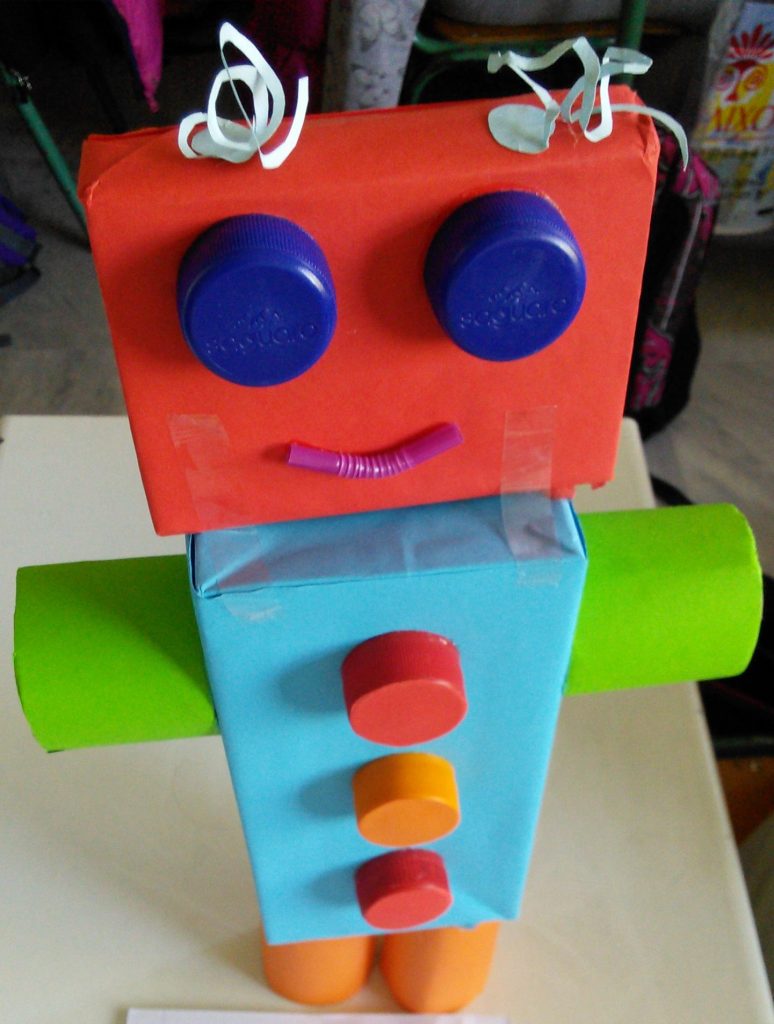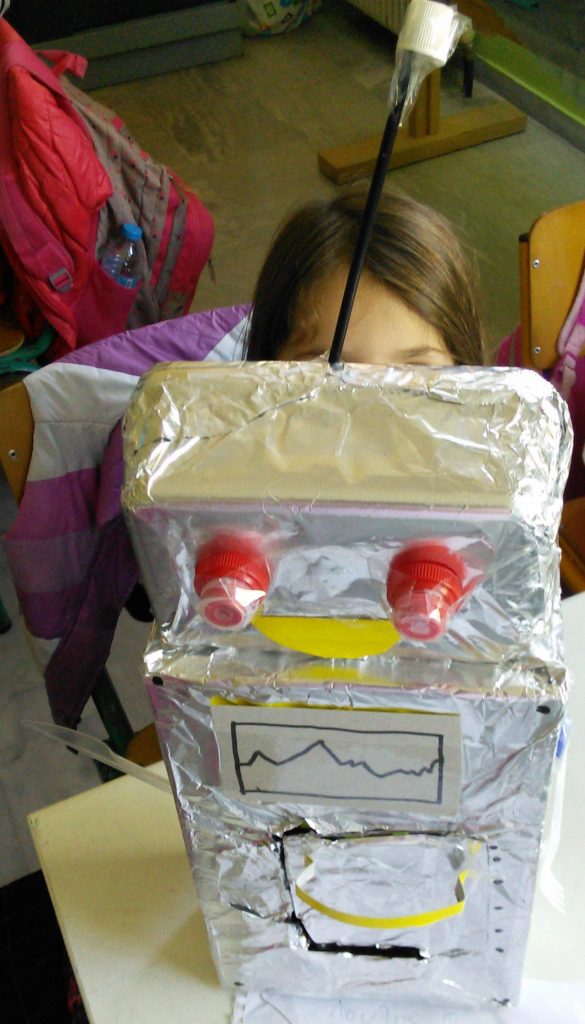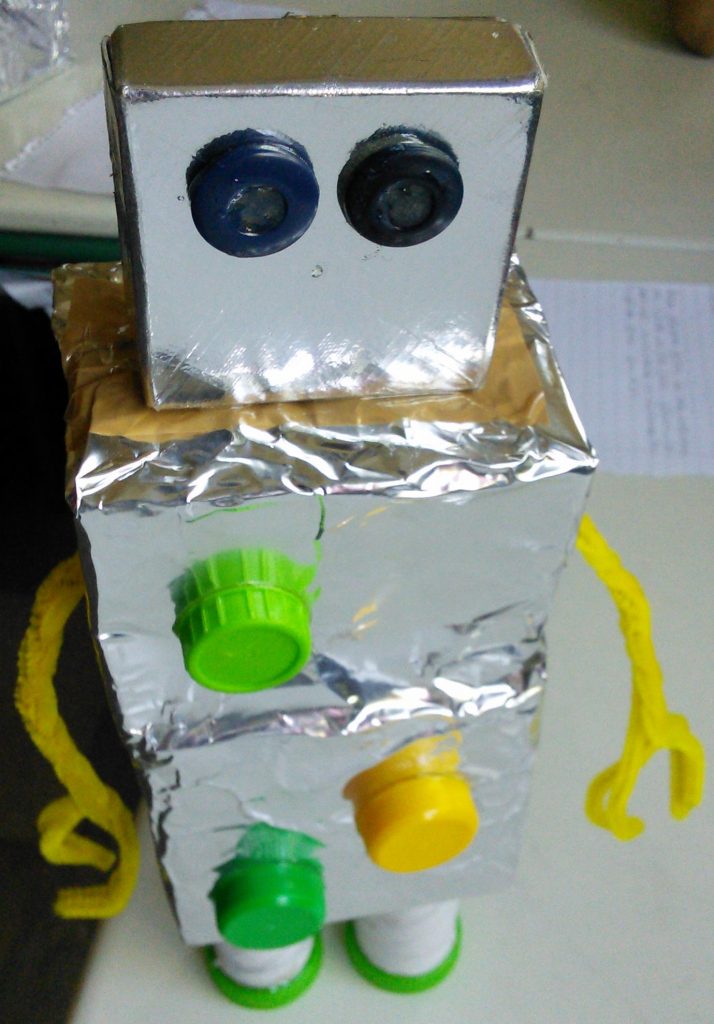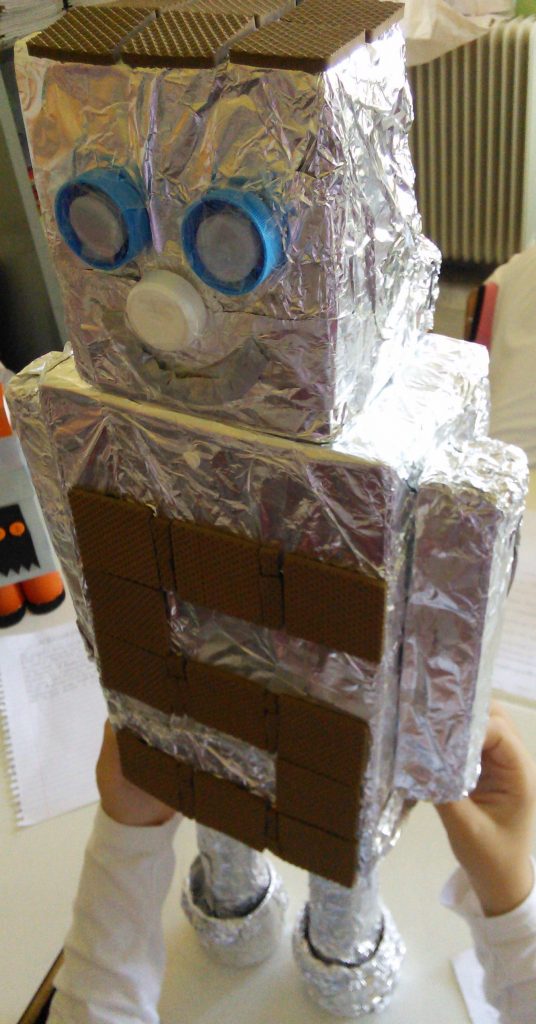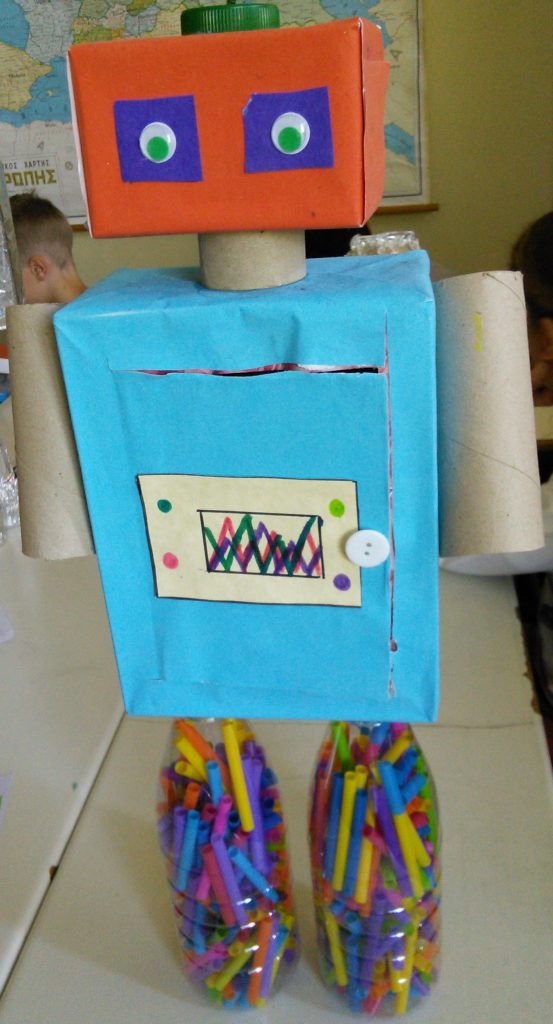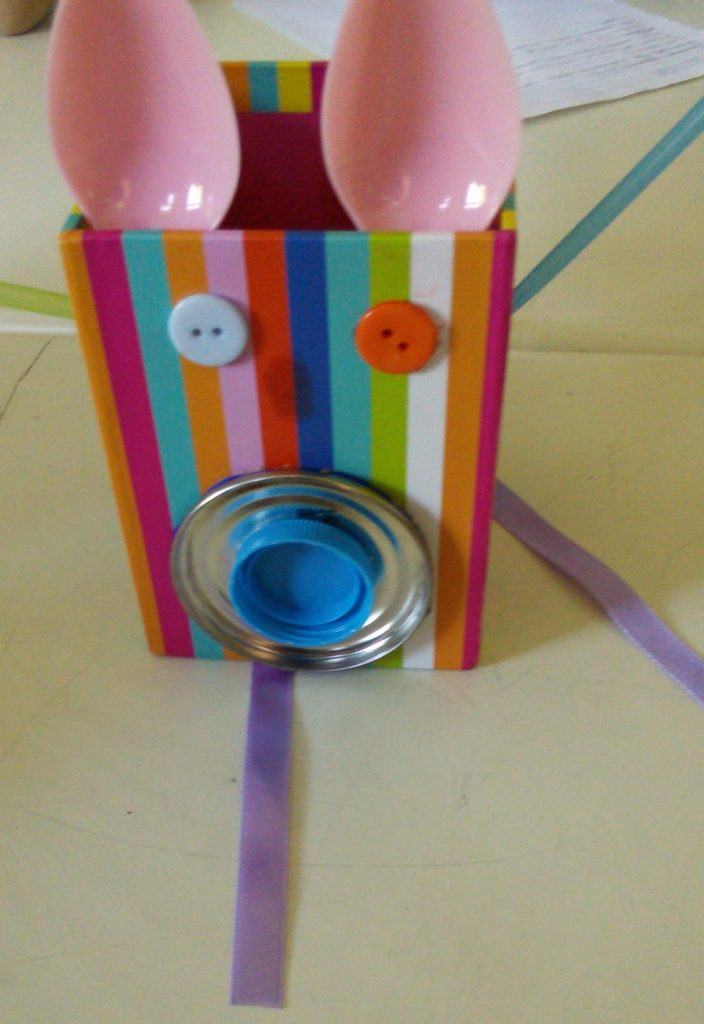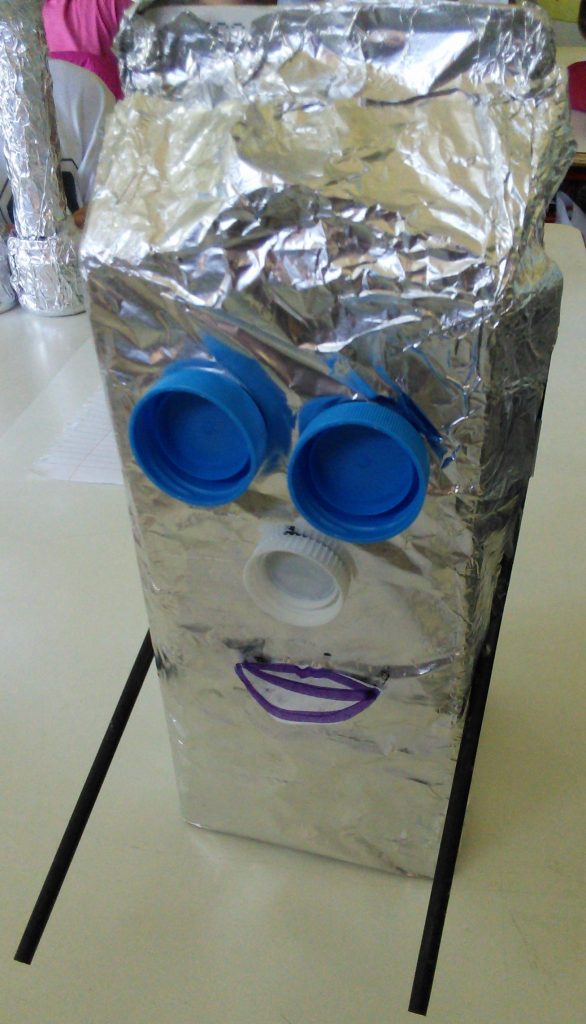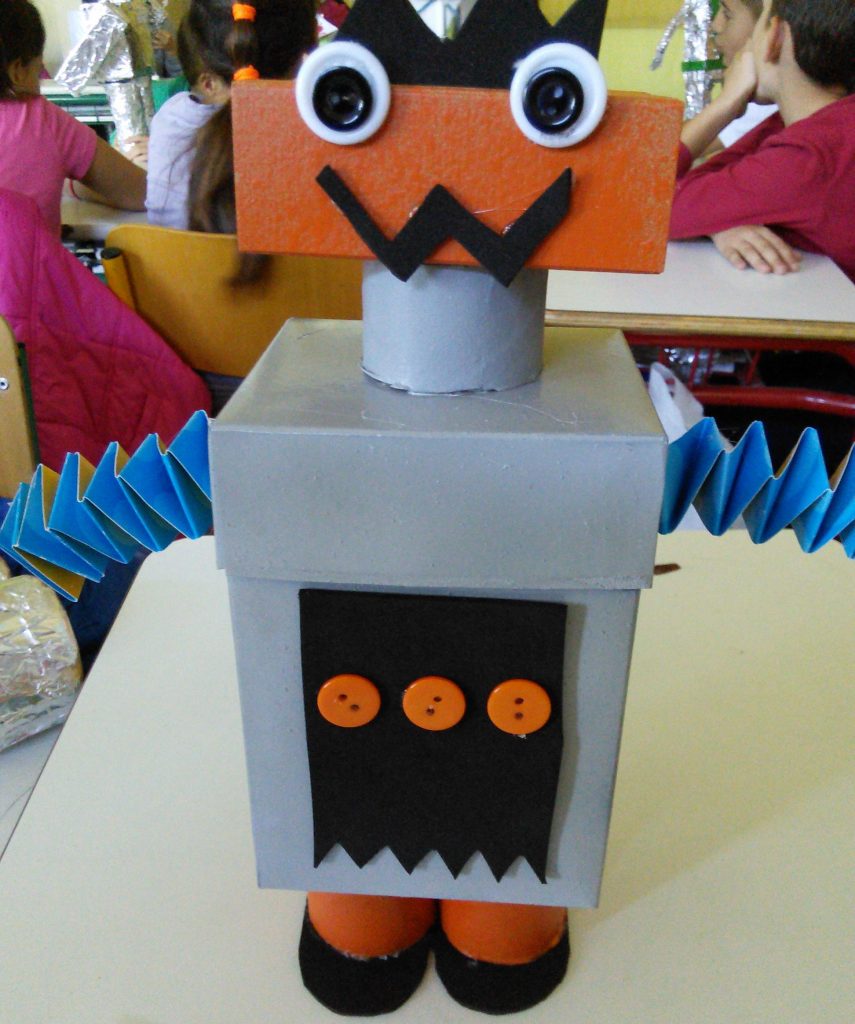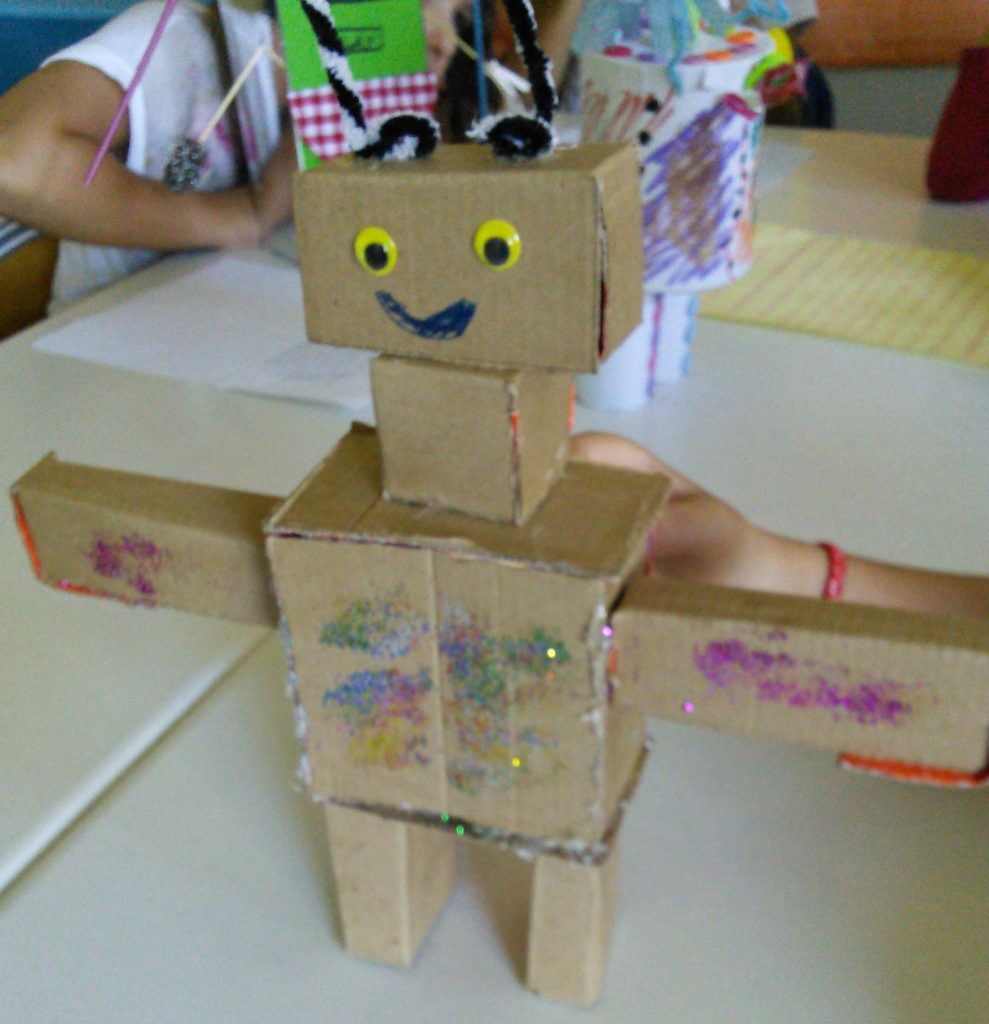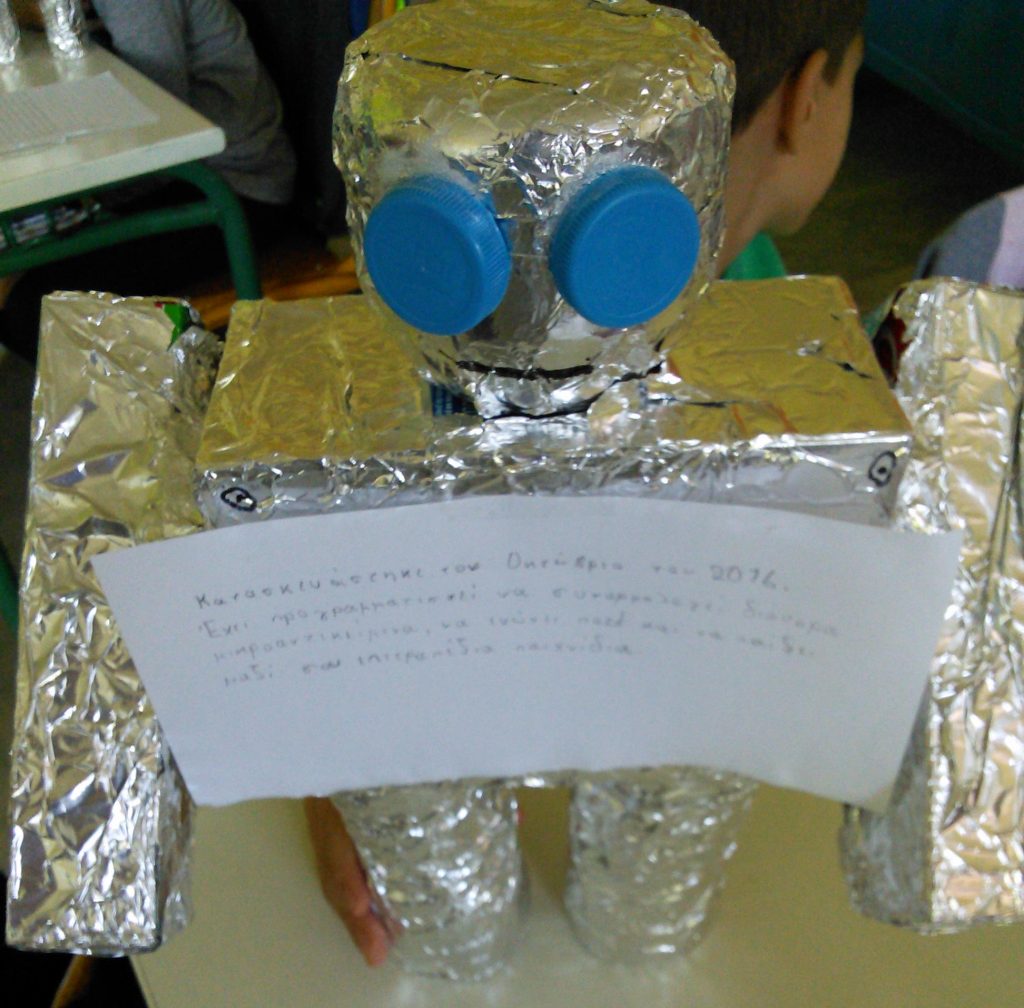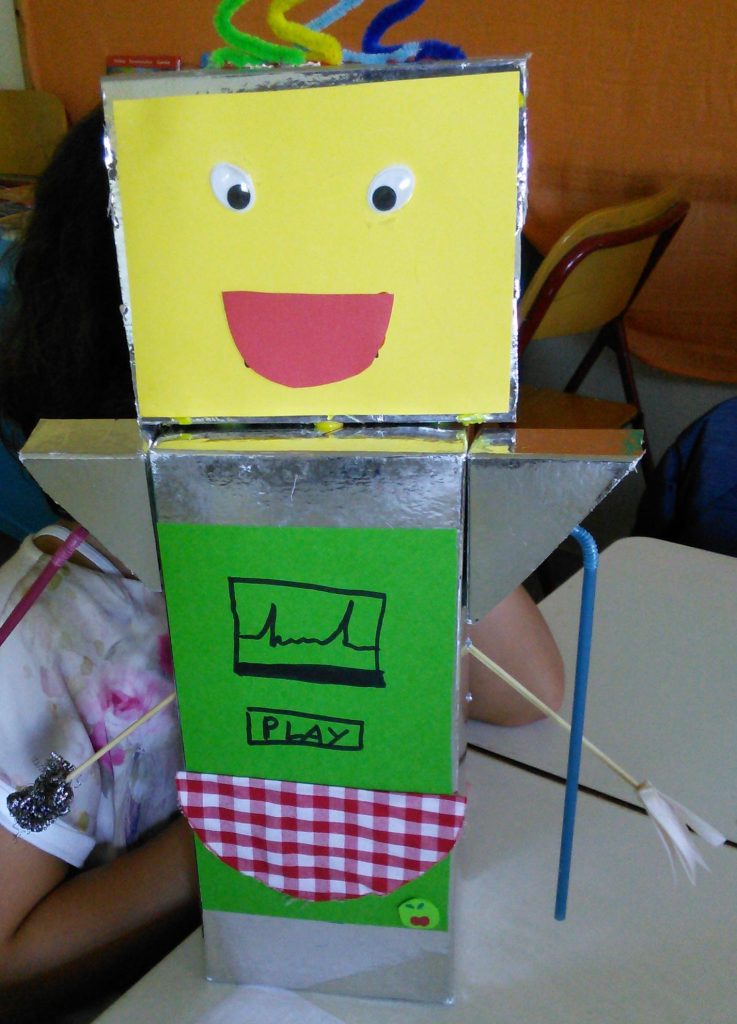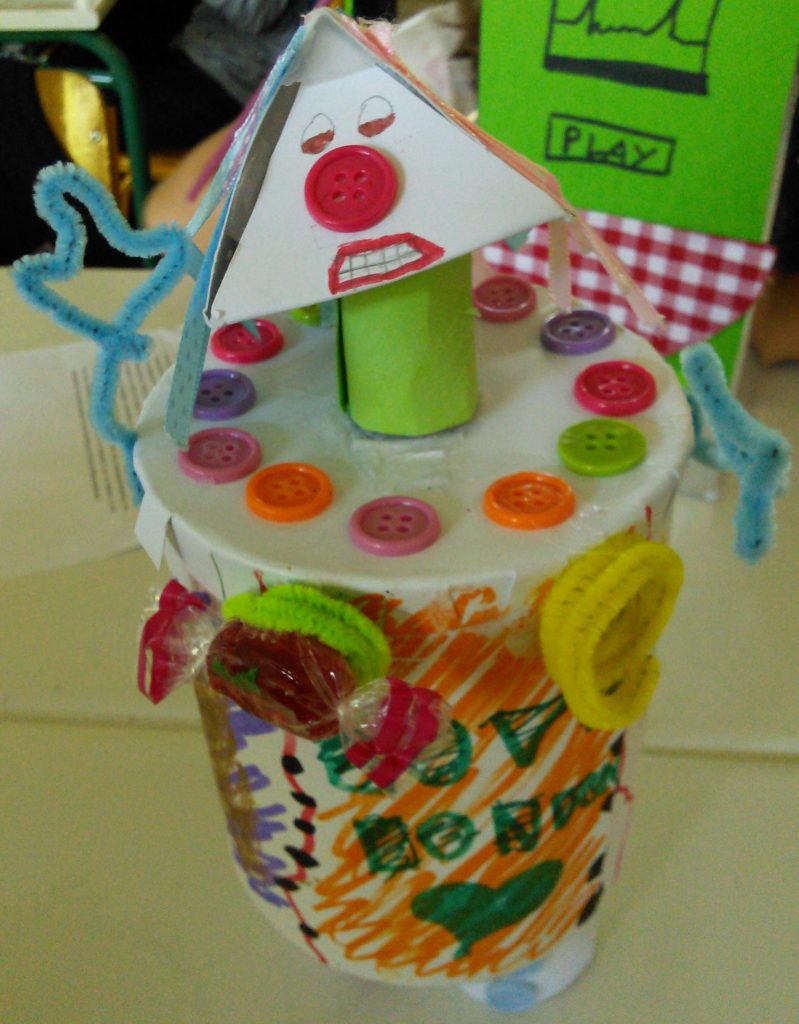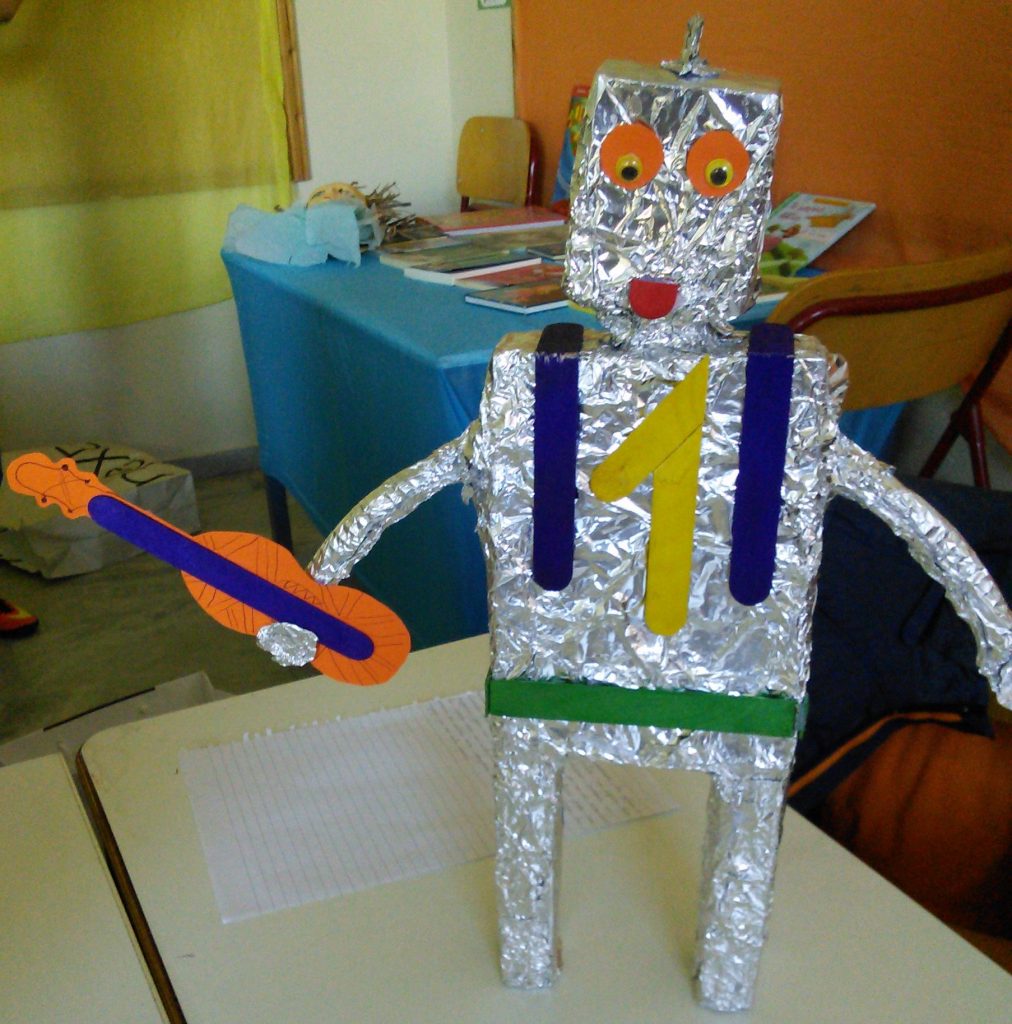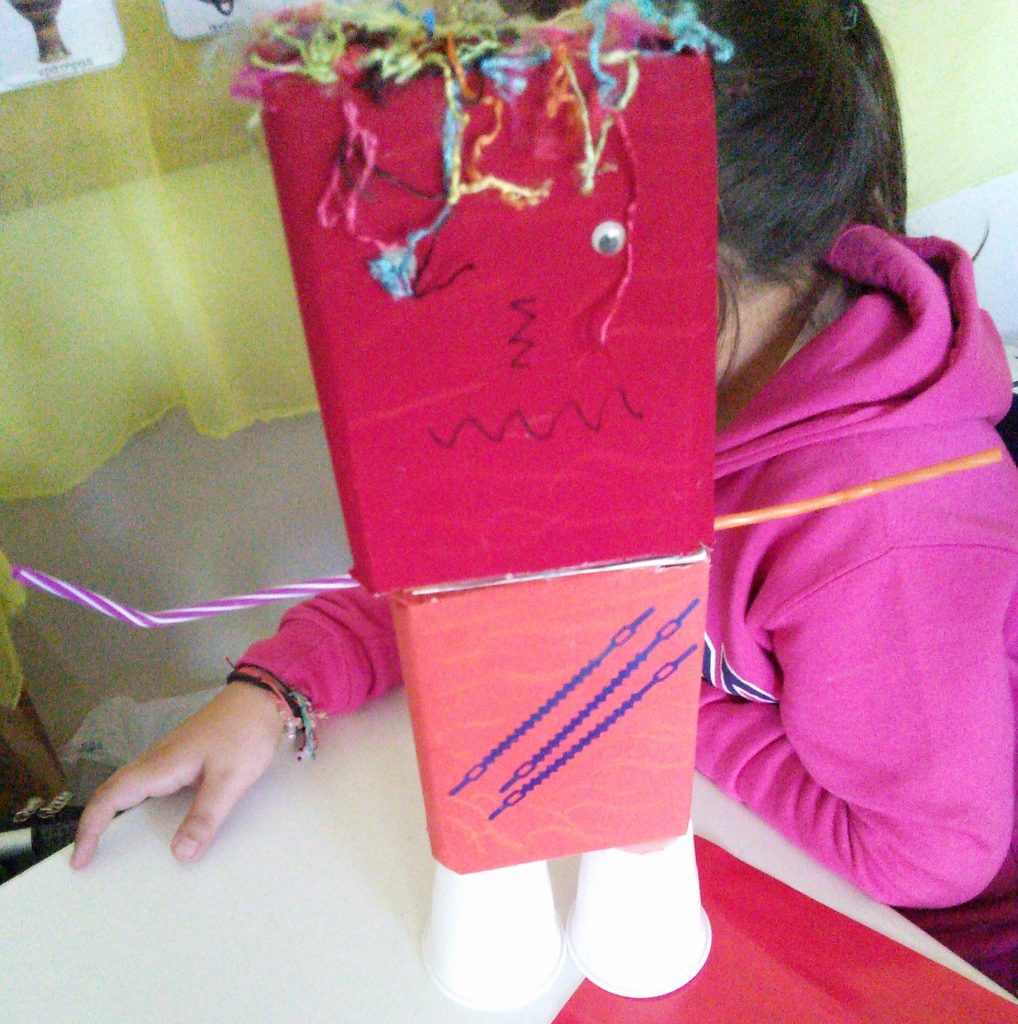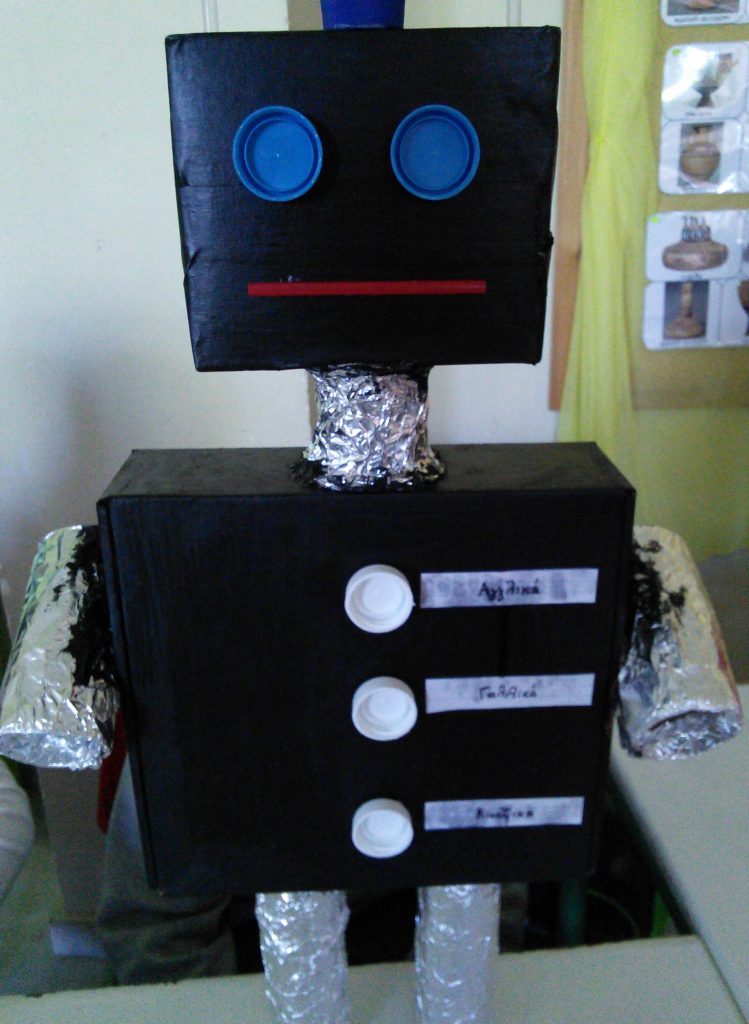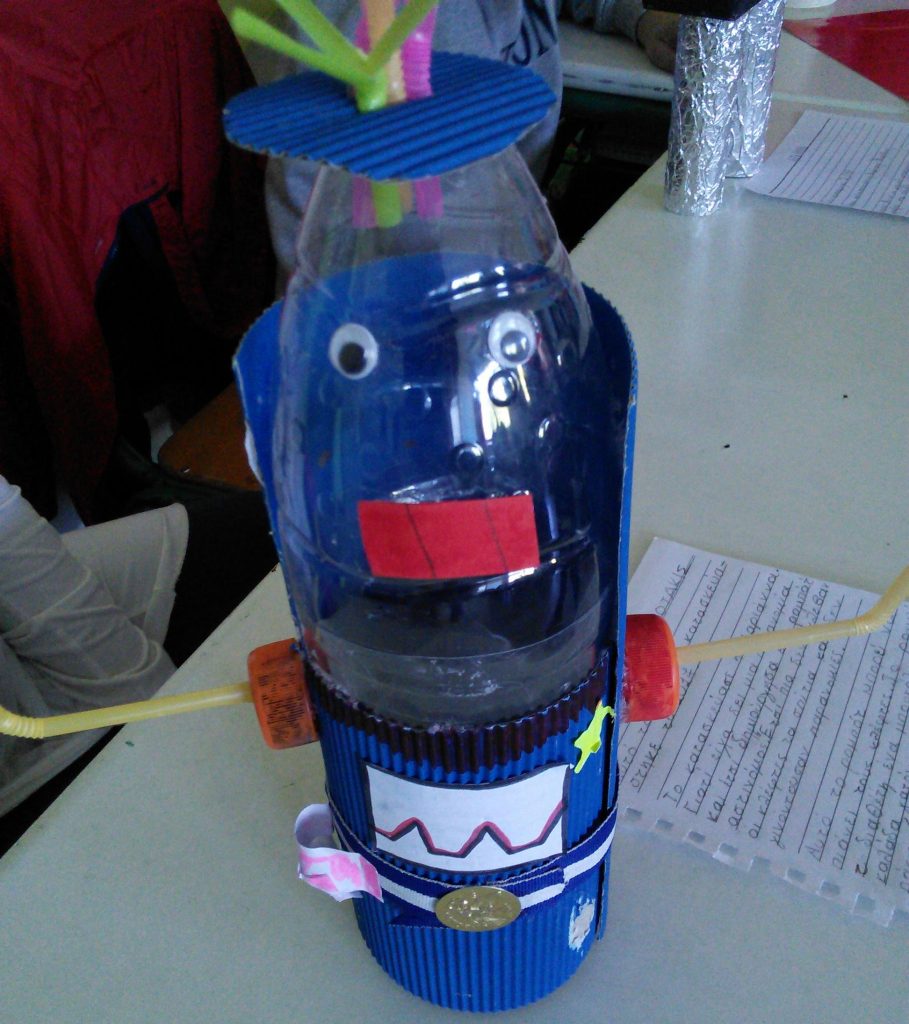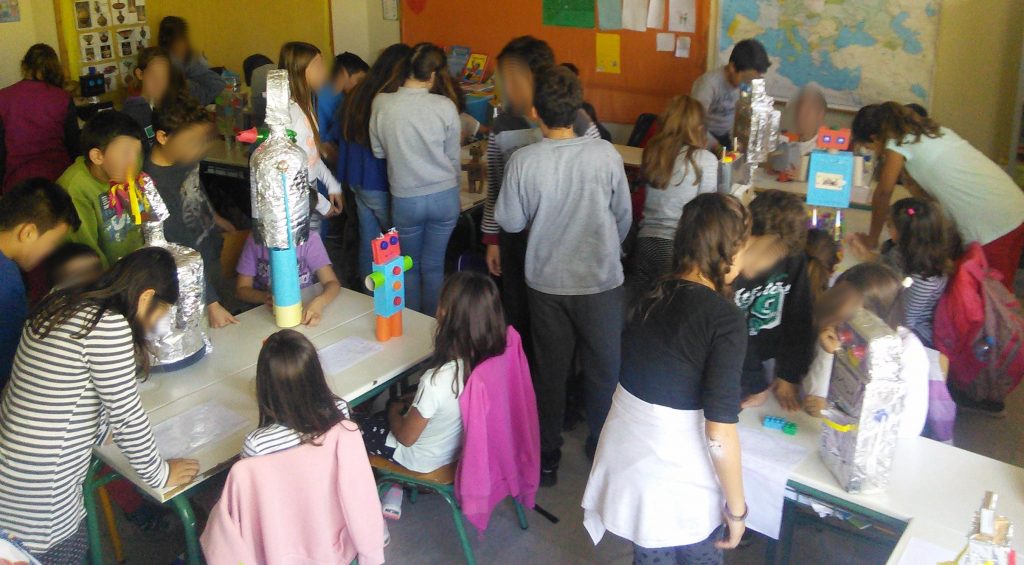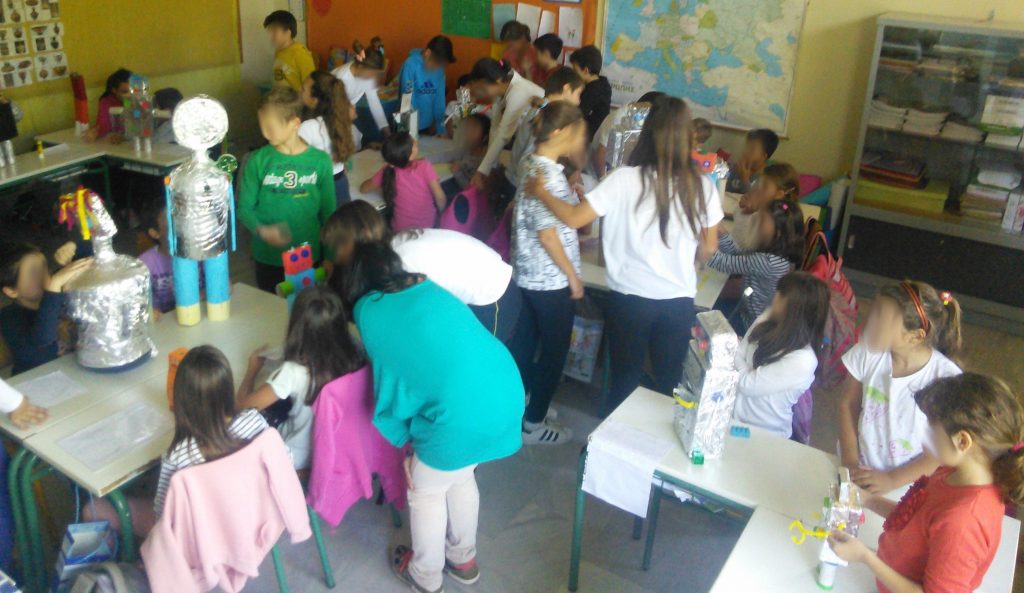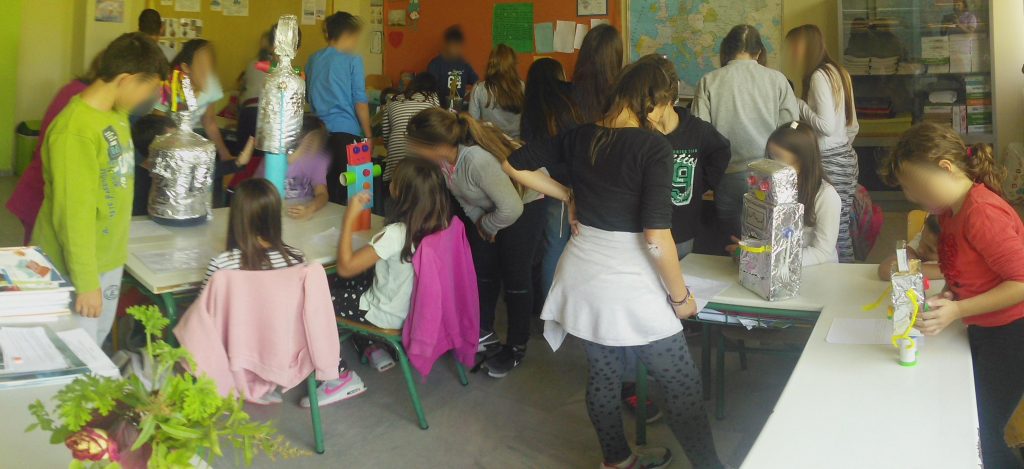| Questions |
Votes |
| How did life on Earth would be if the giant meteorite had not struck us 64 million years ago? |
16 |
| Why do we dream? |
15 |
| Is there life elsewhere? |
15 |
| How ancient Greek made the Antikythera mechanism? |
15 |
| Can a black hole suck a star or a planet? |
10 |
| How did the big bang happen? |
10 |
| How was the eye of Jupiter formed? |
10 |
| How was the universe created? |
10 |
| How was lava created? |
9 |
| Why do we have earthquakes? |
9 |
| How come heavy ships do not sink? |
8 |
| Why don?t we get dizzy as the earth goes around? |
8 |
| Why do planets not collide? |
7 |
| How did NASA engineered Juno to arrive on Jupiter? |
6 |
| Why does 0 (zero) comes before 1 (one)? |
6 |
| What causes lightning? |
6 |
| Why are tears salty? |
6 |
| Why is gravity different throughout the universe? |
6 |
| Why do we have the ozone layer? |
6 |
| Why can?t we breathe in space? |
6 |
| Why are there so many stars? |
6 |
| Why can?t we fly? |
6 |
| How the voice transfer throw telephone? |
6 |
| Why does a volcanic eruption cause, in some cases, an earthquake? |
6 |
| Why do we come from the evolution of monkeys? |
5 |
| Why don’t we feel the earth moving? |
5 |
| Why am I here? |
5 |
| Why doesn?t the sea freeze at Christmas? |
5 |
| Why do planets rotate around the sun and not the other way around? |
5 |
| How is a rainbow formed and why does it appear after a rainfall? |
5 |
| Why did the dinosaurs disappear? |
5 |
| Why do I feel dizzy when I spin? |
4 |
| Why is our planet named Earth? |
4 |
| Why is the sky blue? |
4 |
| Why doesn’t gravity affect clouds? |
4 |
| Why do we run at different speeds? |
4 |
| How far out you have to travel from Earth to gravity not work anymore? |
4 |
| Why Mars is red? |
4 |
| Why the sun is so bright? |
4 |
| Why can a tiny bullet kill someone? |
4 |
| Why can?t we hold our breath longer underwater? |
4 |
| What causes storm? |
4 |
| How was time invented? |
3 |
| Why are some people colour blind? |
3 |
| Where does thunder come from? |
3 |
| How do colours exist and why are some people colour blind? |
3 |
| Can we travel to other galaxies? |
3 |
| Why are stars so far away? |
3 |
| Why are humans born so small? |
3 |
| Why do we have technology? |
3 |
| Why are there so few volcanoes? |
3 |
| Why do rainbows create arcs? |
3 |
| Why do sea weeds go upwards? |
3 |
| Why don?t birds sweat when they fly for a long time? |
3 |
| Has the air a weight? |
3 |
| How does evolution work? |
2 |
| Why are countries all different shapes and sizes? |
2 |
| Why is a balloon heavier with air inside? |
2 |
| Why the sun is so hot? |
2 |
| What do we make robots for? |
2 |
| Why are electrons so small? |
2 |
| Why is there gravity? |
2 |
| Why is a lemon sour? |
2 |
| Why does a coin put at the bottom of an empty bowl is not visible, but it becomes visible if we fill the bowl with water? |
2 |
| How do plants feed themselves? |
2 |
| How does the Earth revolve around the sun? |
2 |
| Why can?t animals make their own food? |
1 |
| Why salt affecting freezing point of water? |
1 |
| How much light do a seed need to germinate? |
1 |
| Why do we flow in space? |
1 |
| Why don?t we fall into space when we travel around the earth? |
1 |
| Why does the earth go round and round? |
1 |
| Why is lava liquid and flows? |
1 |
| Why do electric short-circuits create sparks? |
1 |
| How can bees fly with such tiny wings? |
1 |
| Why can people lie on “Fakir?s Bed”? |
1 |
| What is the air? |
1 |
| What?s the origin of the clouds? |
1 |
| Why is helium lighter than air? |
0 |
| How do planes and helicopters know where they are and which way to go? |
0 |
| Why don?t appliances work during a blackout? |
0 |
| Is pressure necessary to launch the rocket? |
0 |
| Why are potatoes so common in some countries? |
0 |
| Why does the current flow in a closed circuit and not in an open one? |
0 |
| Why and how can an image be projected through a magnifying glass? |
0 |
| How does a hot air balloon fly? |
0 |
| Why don?t oil and water mix? |
0 |


